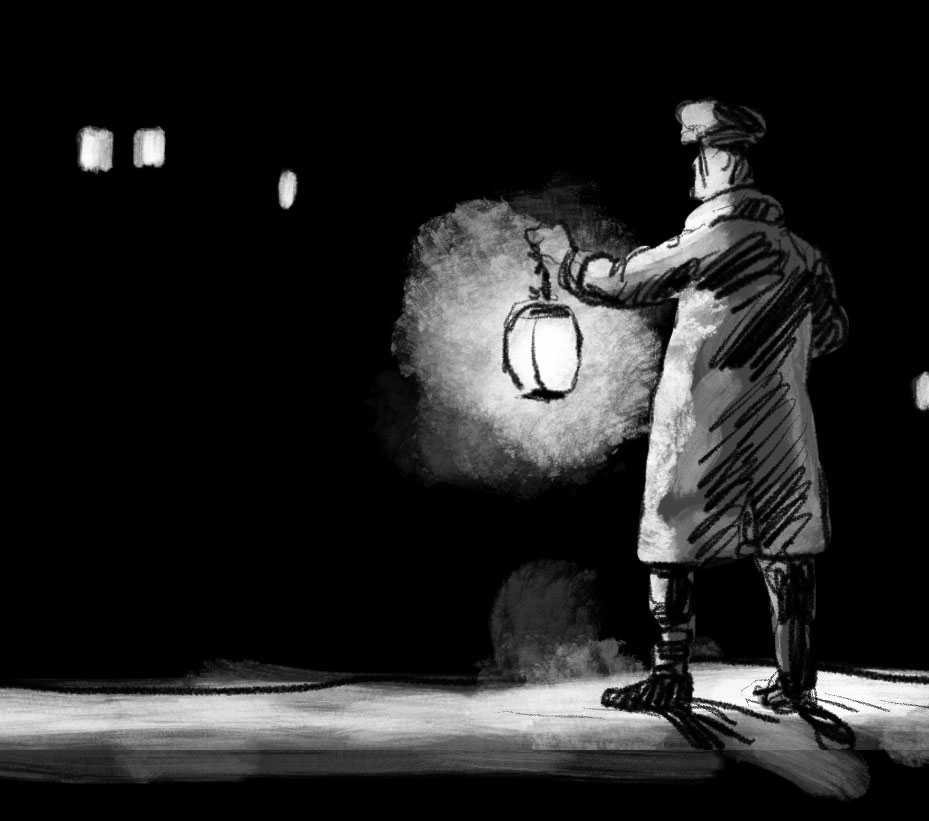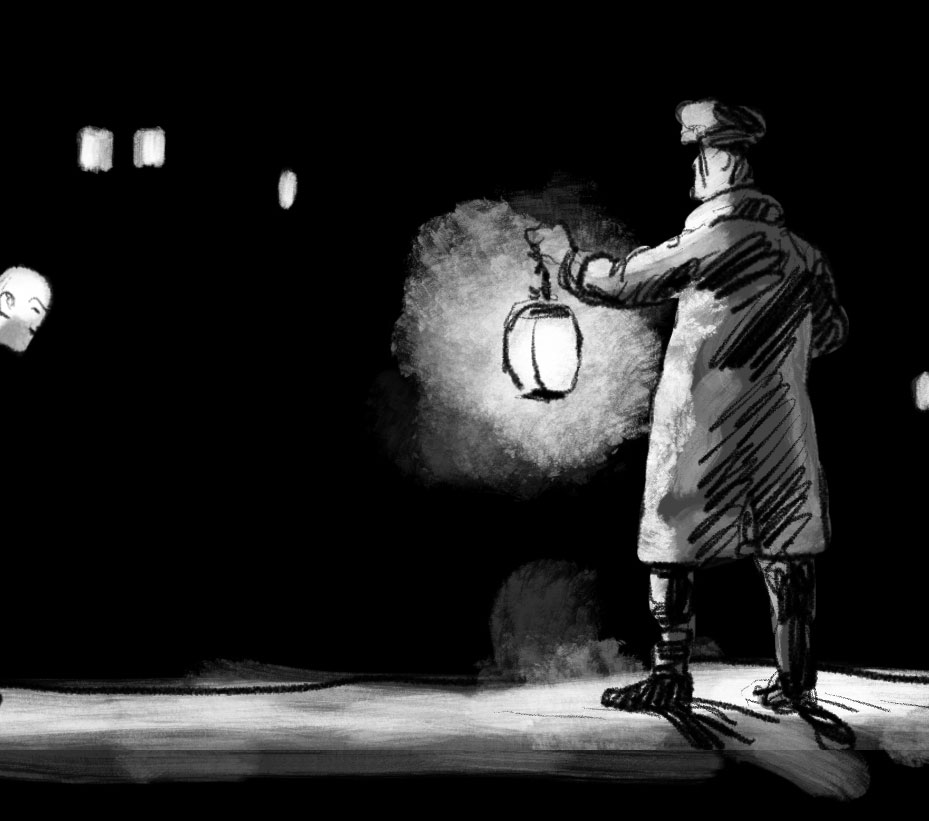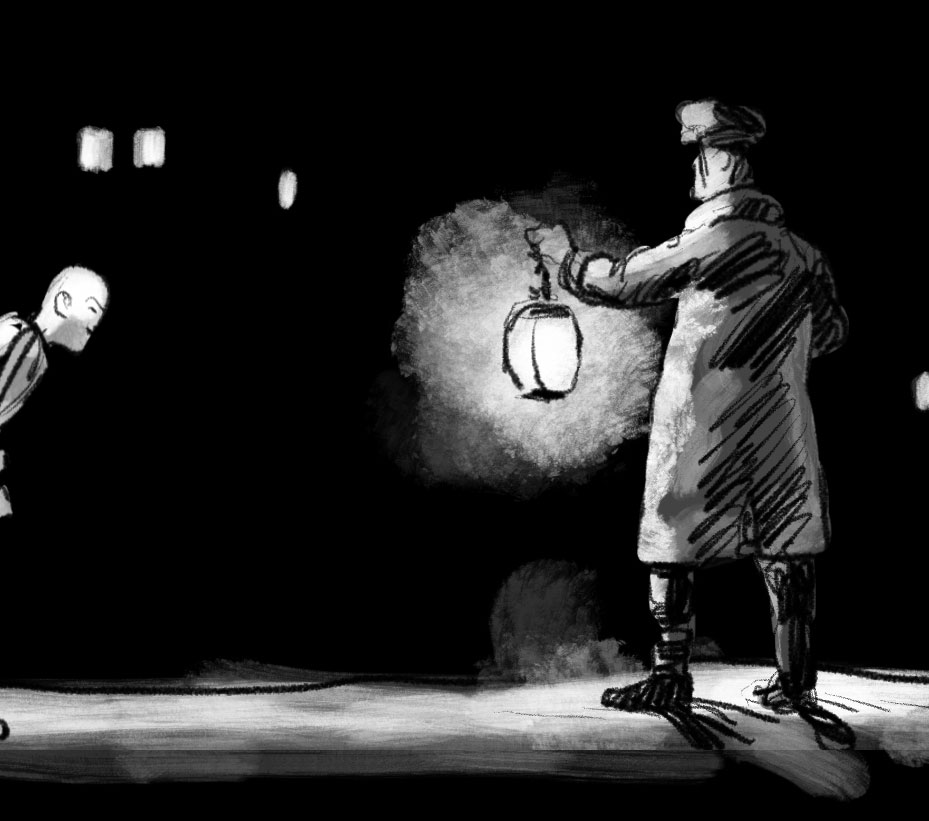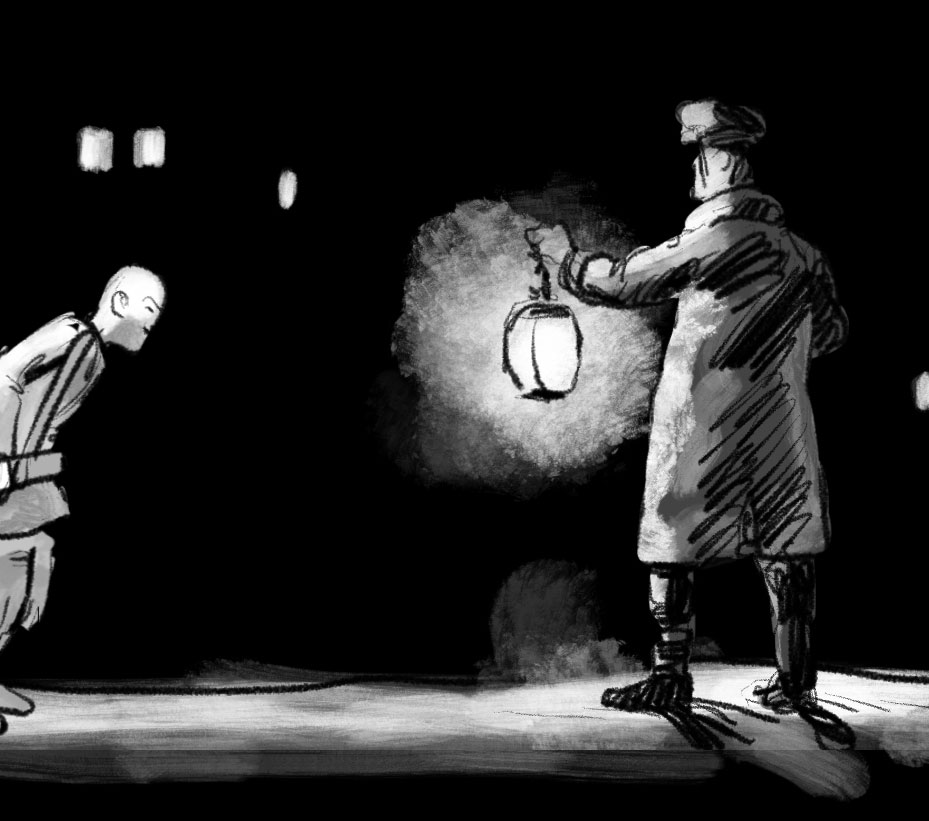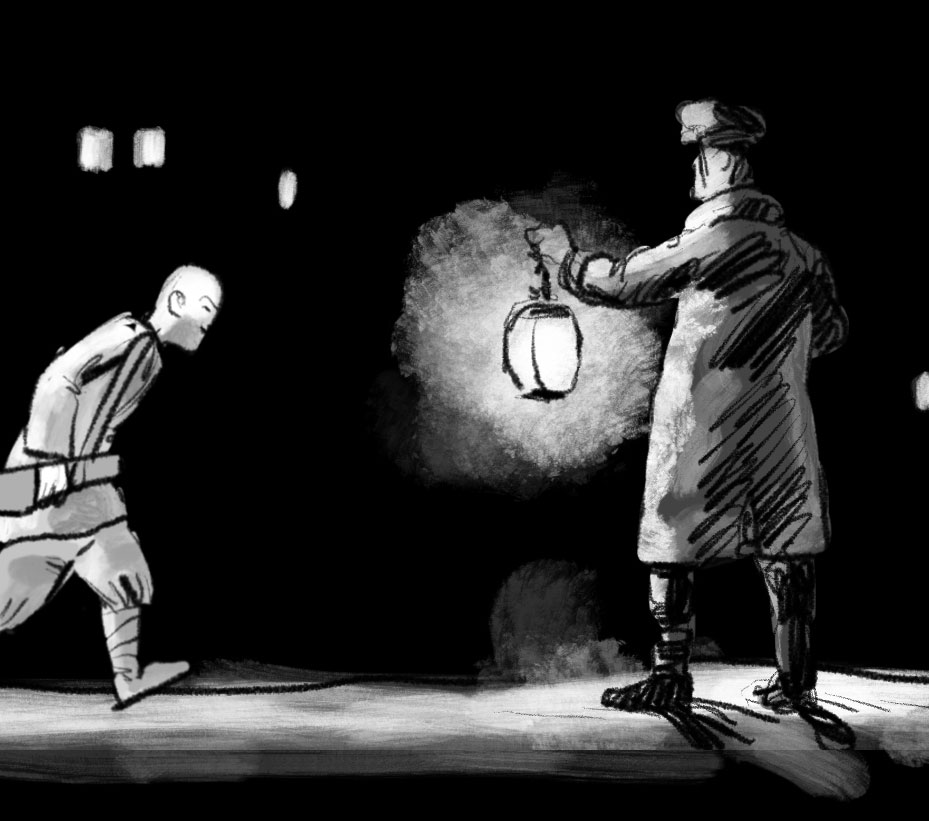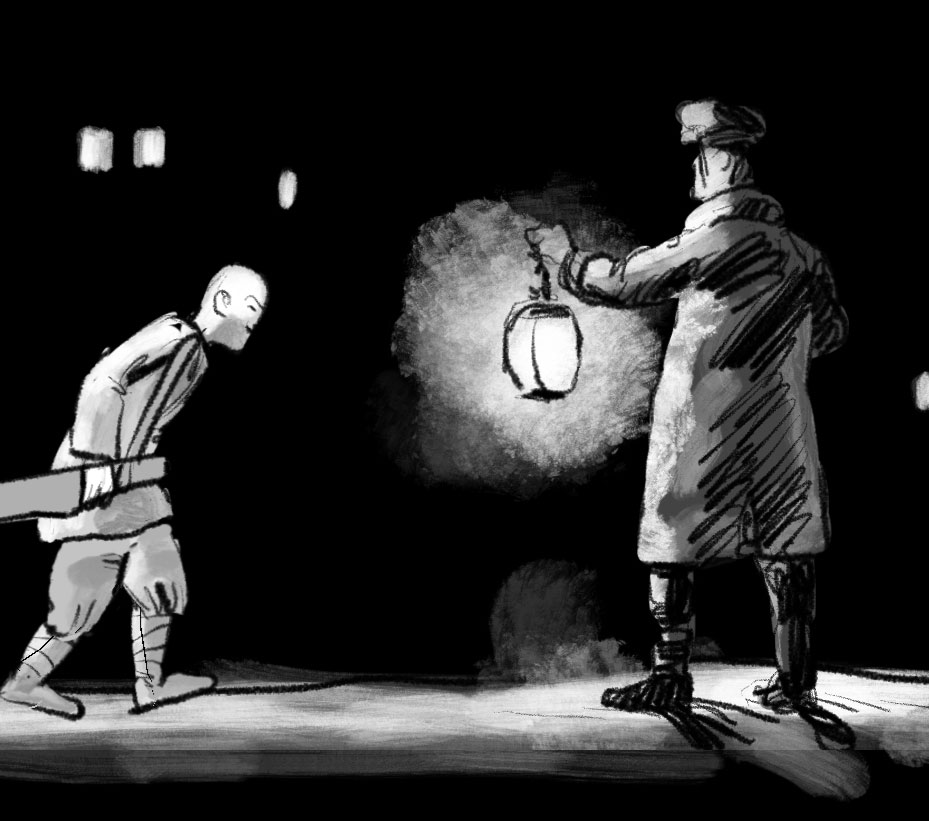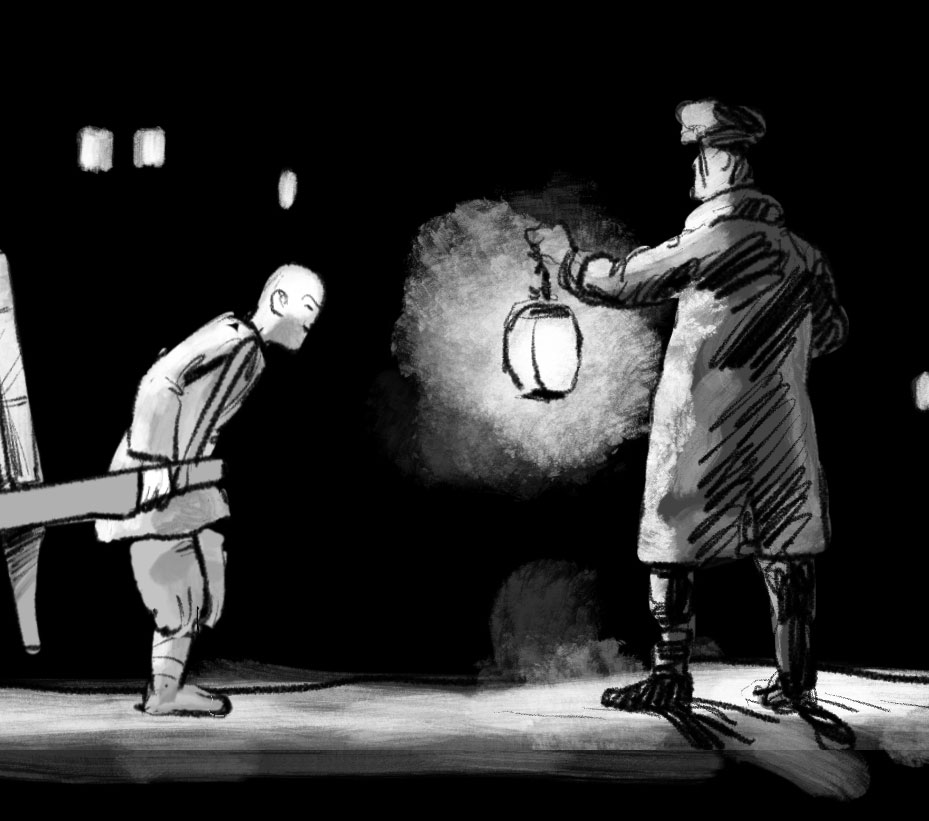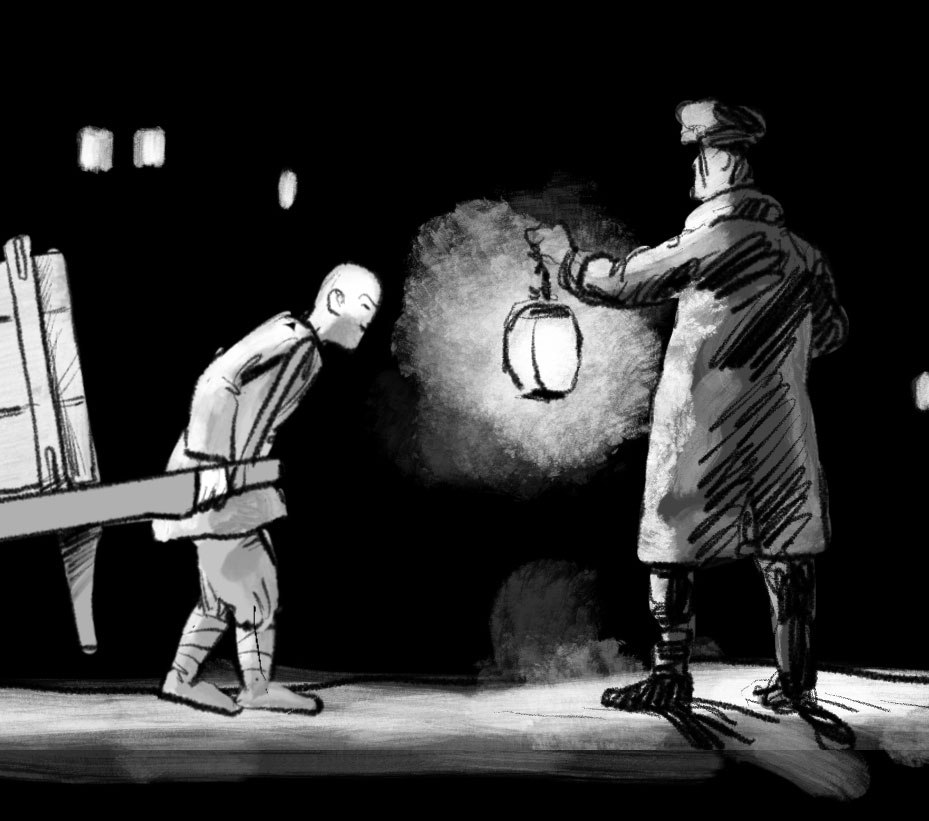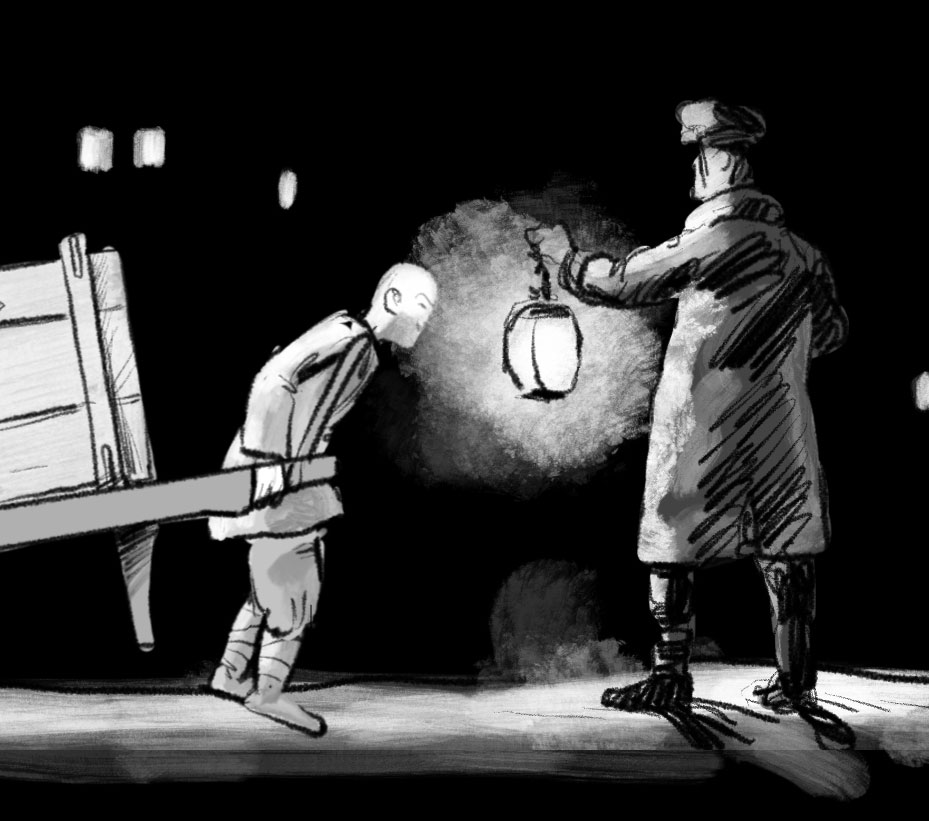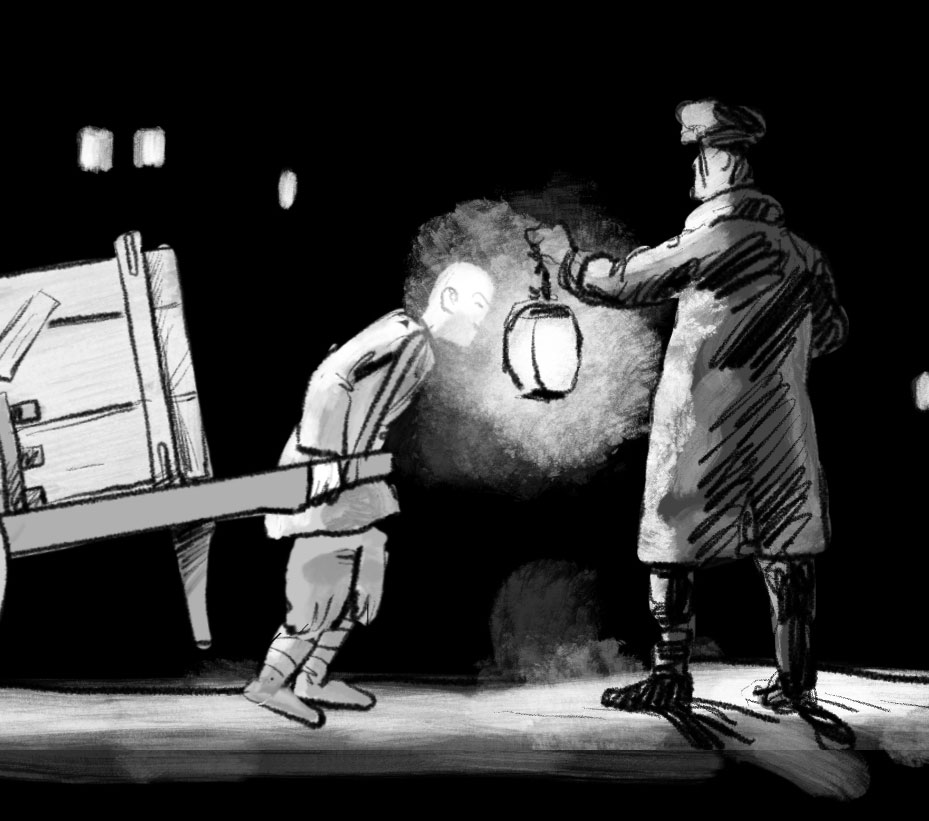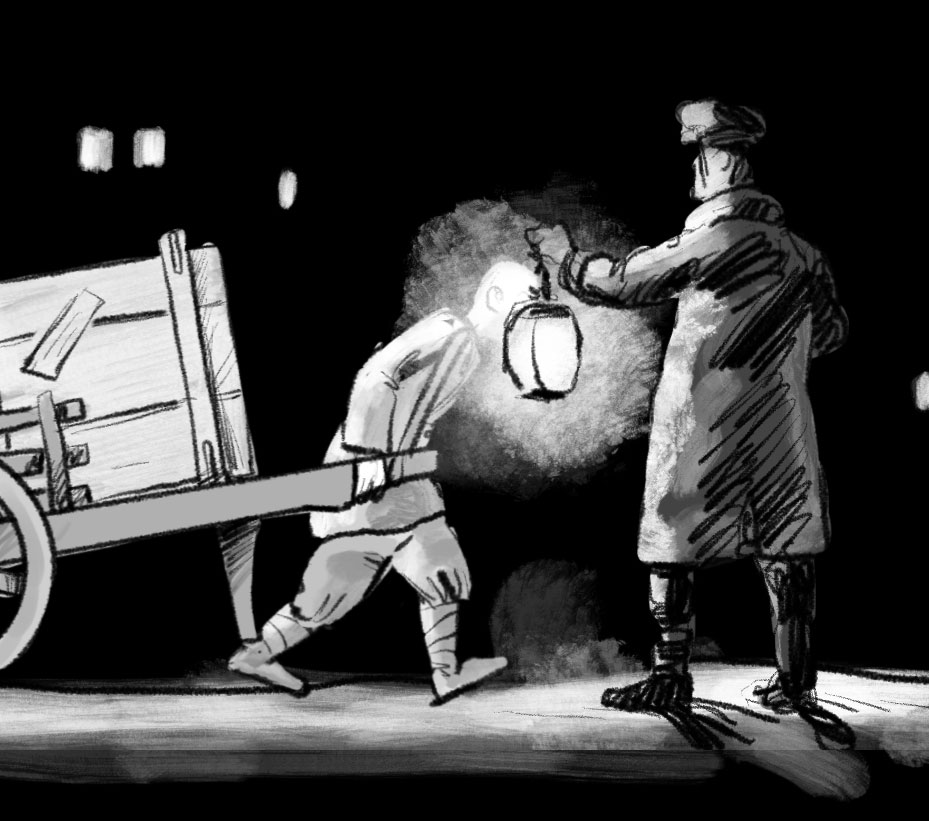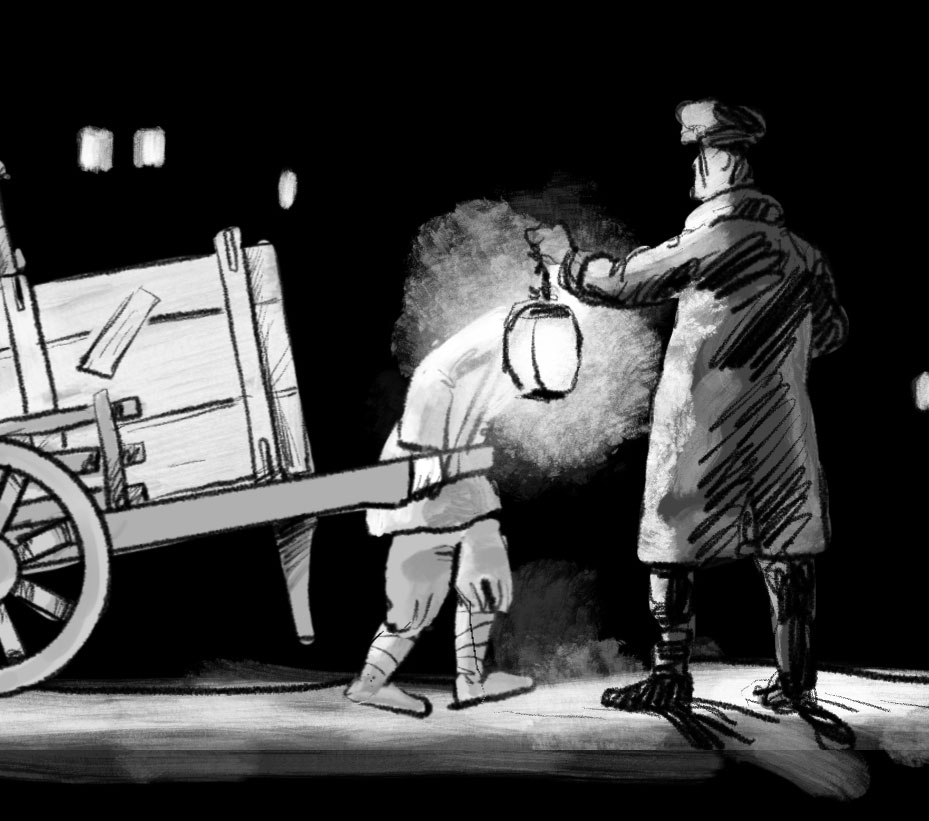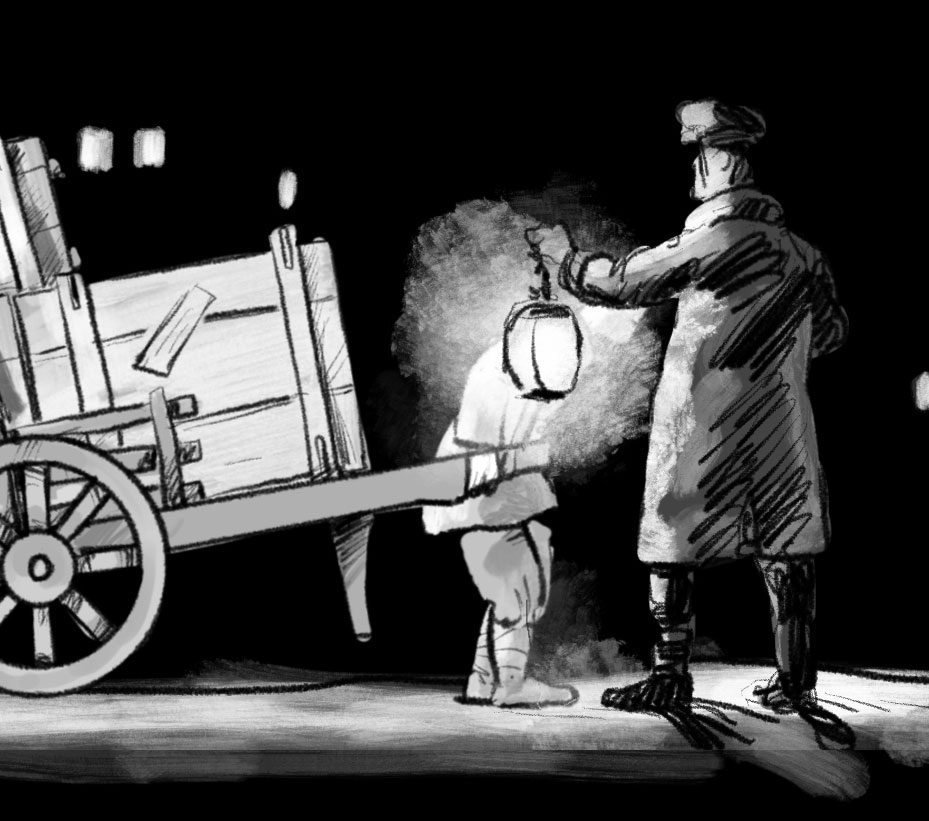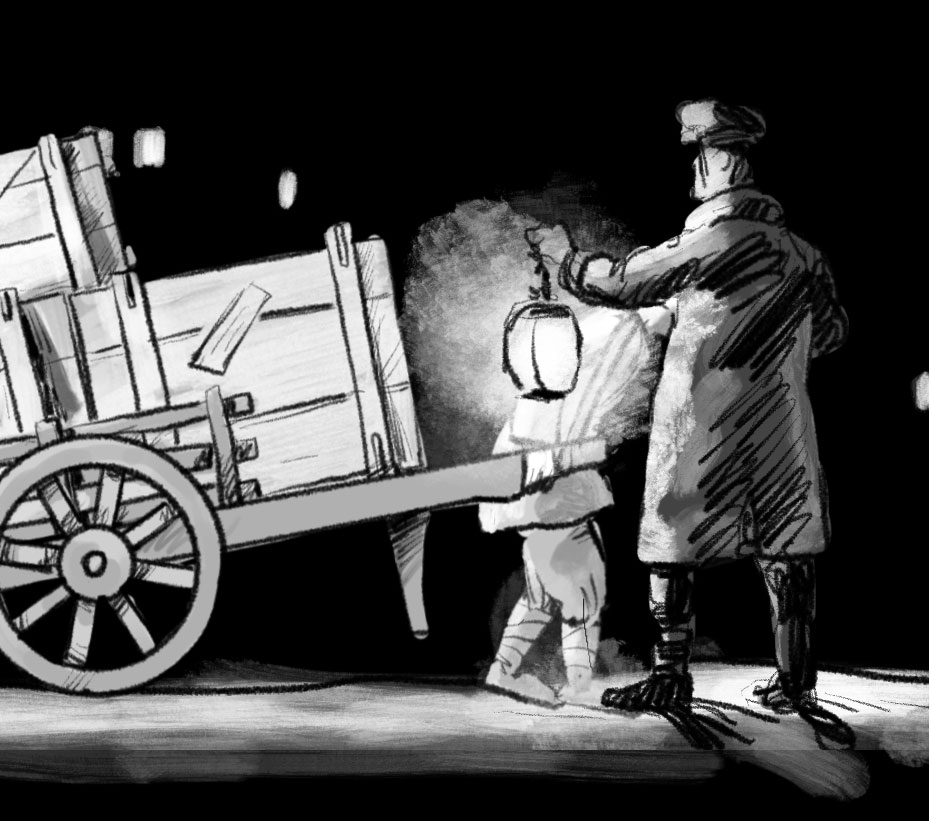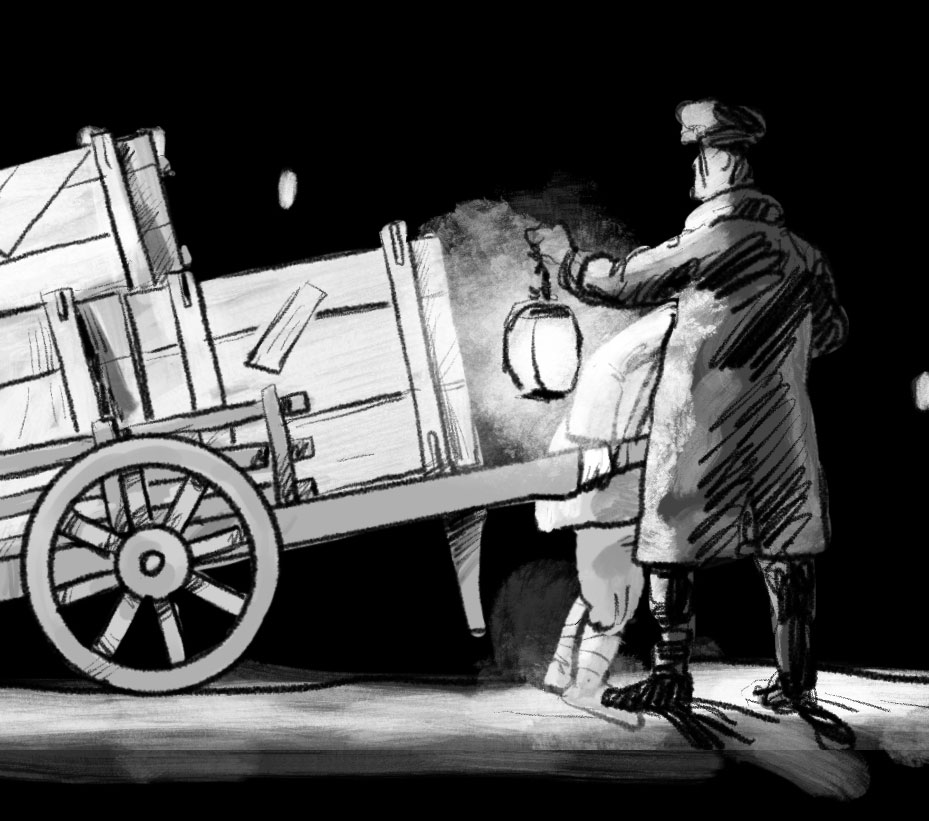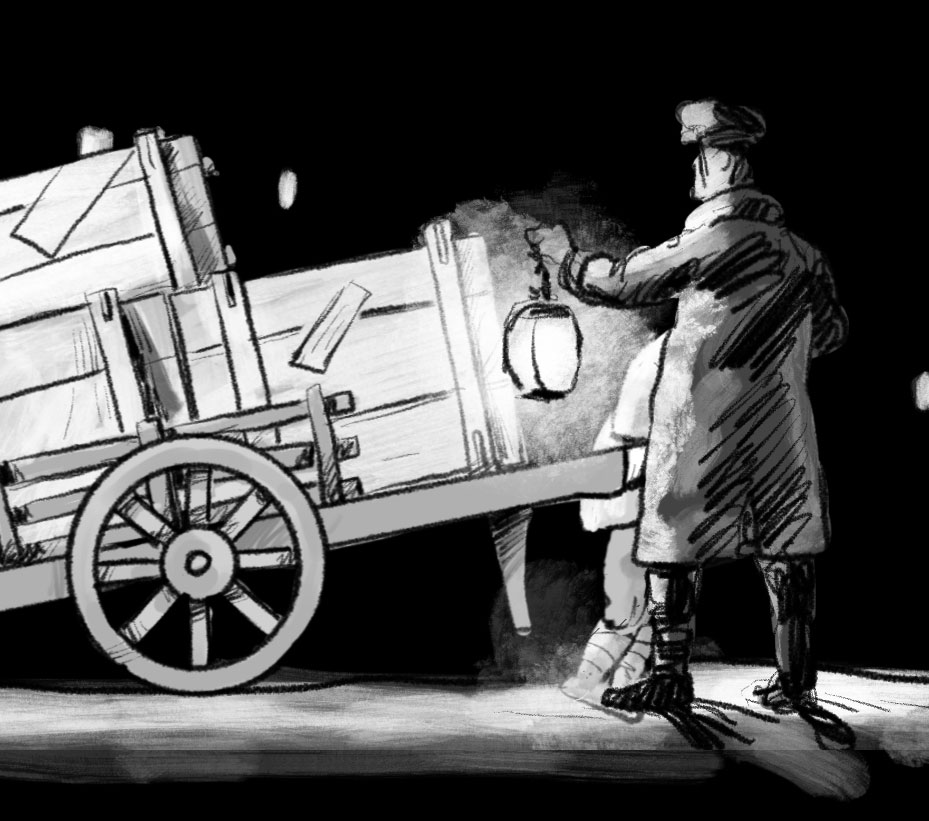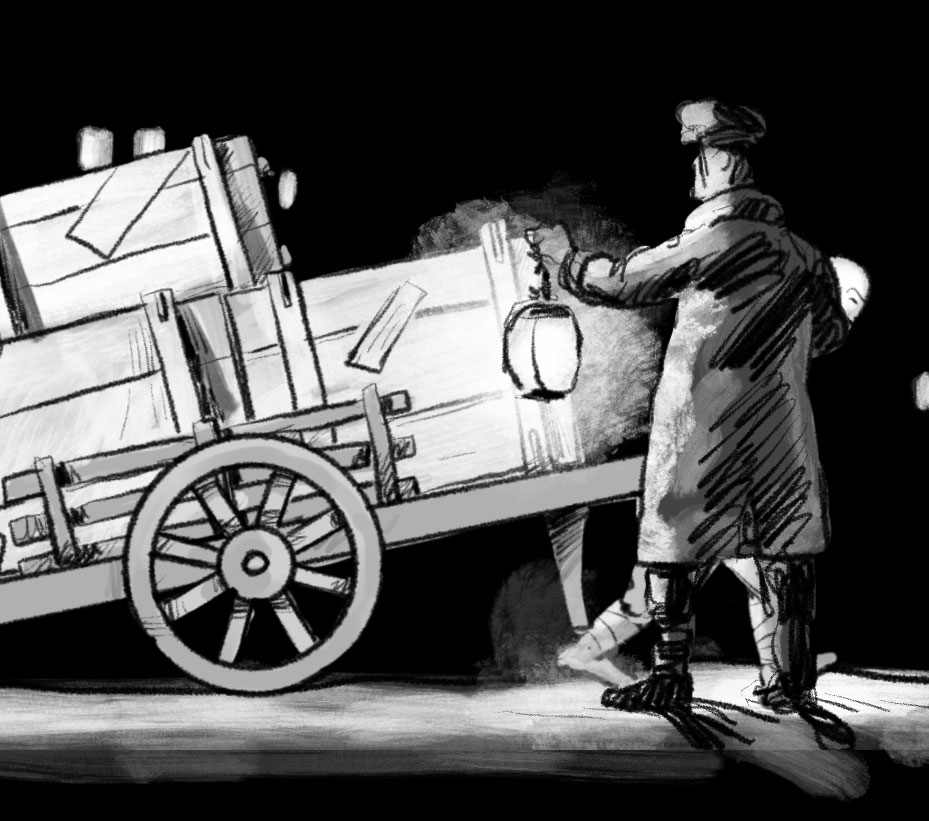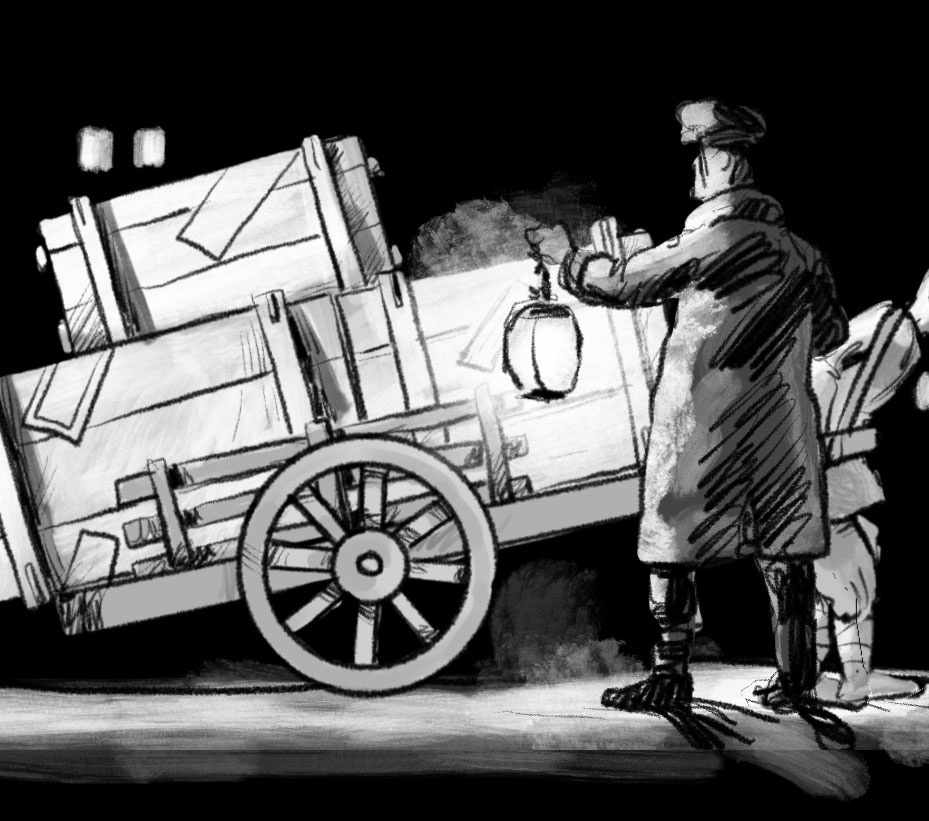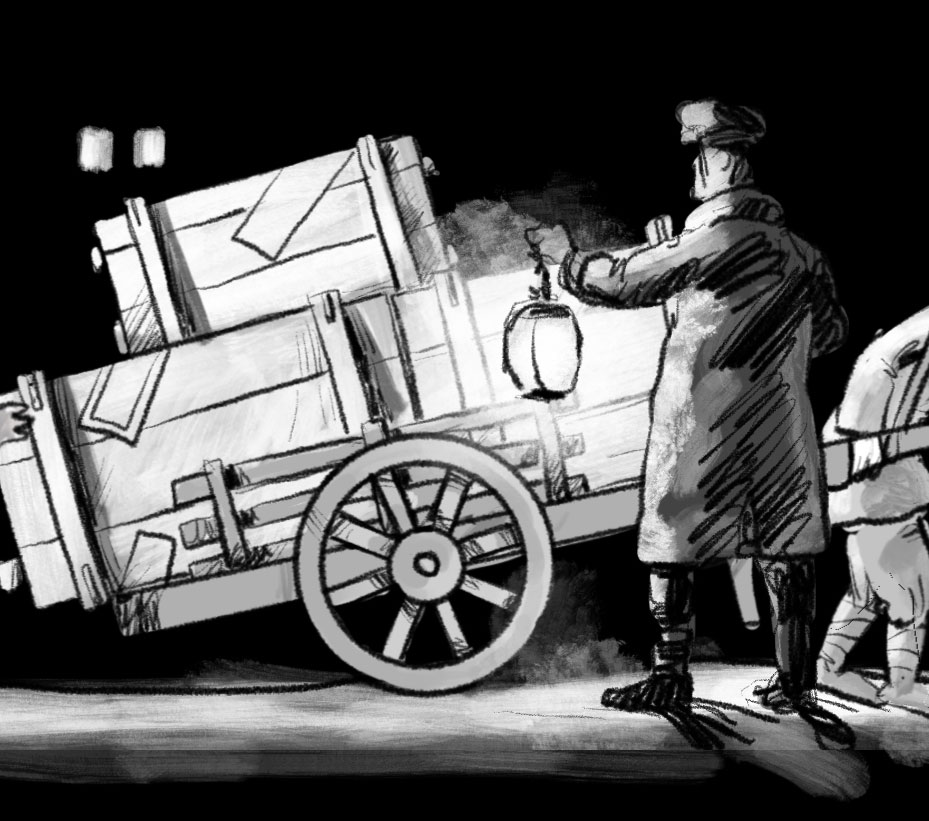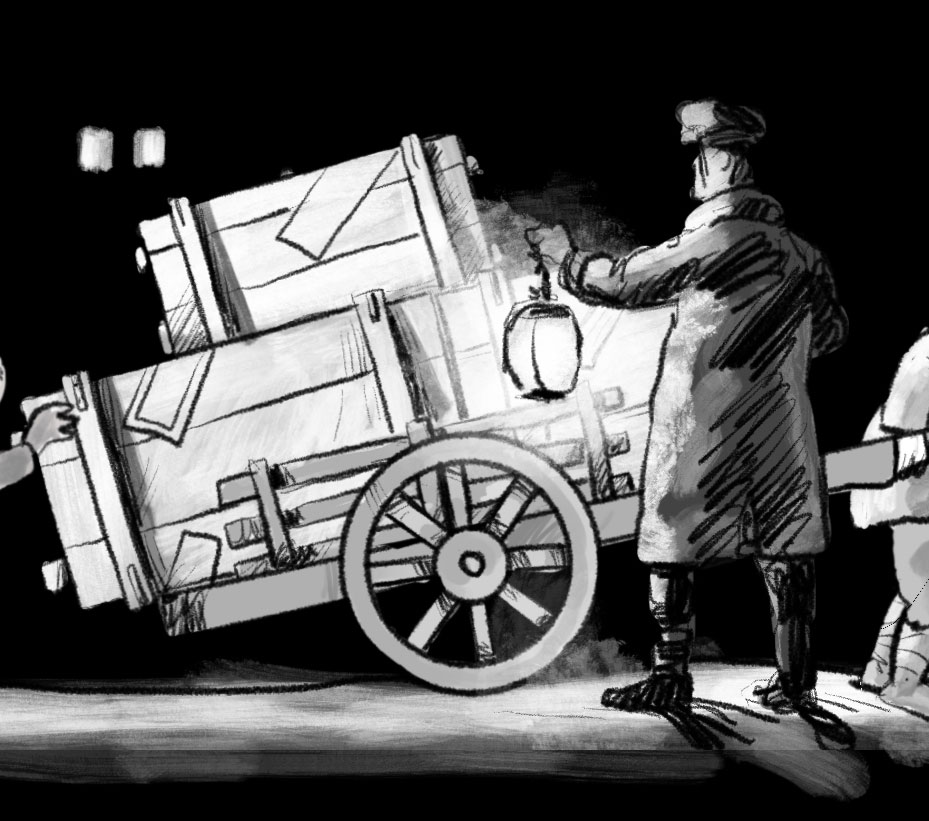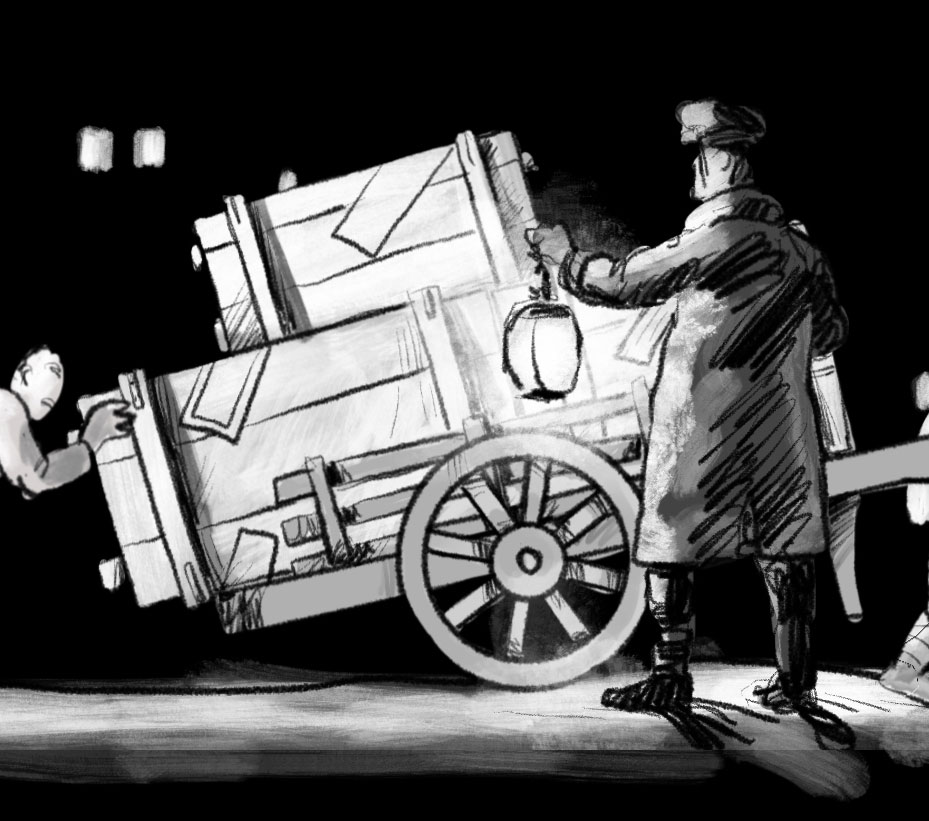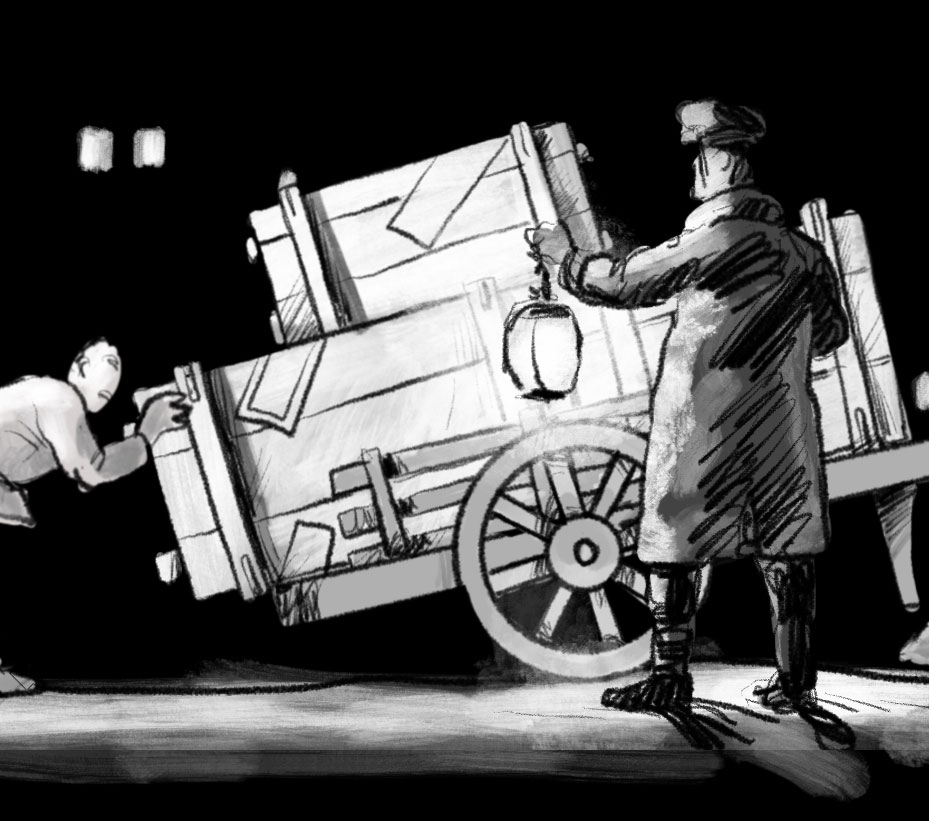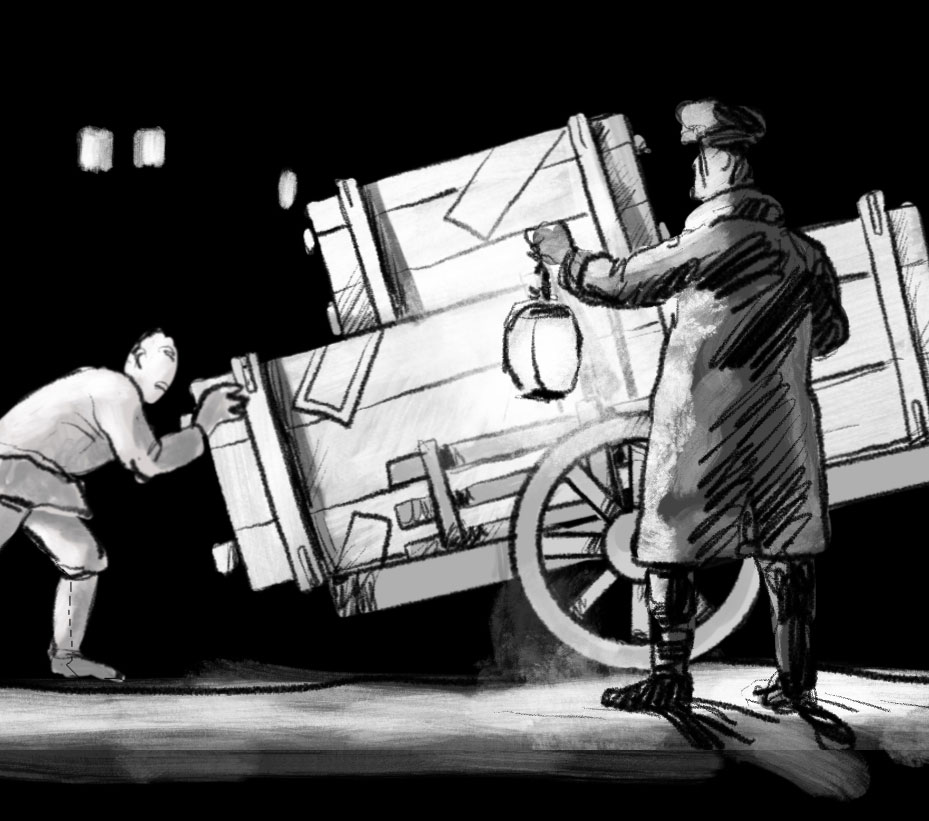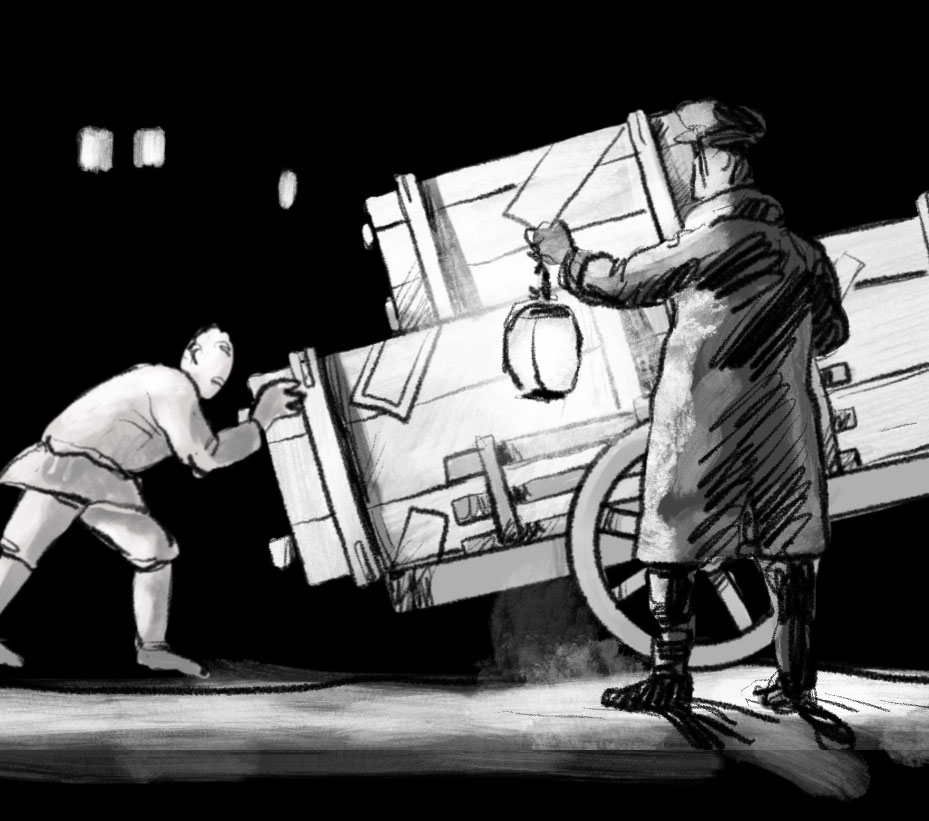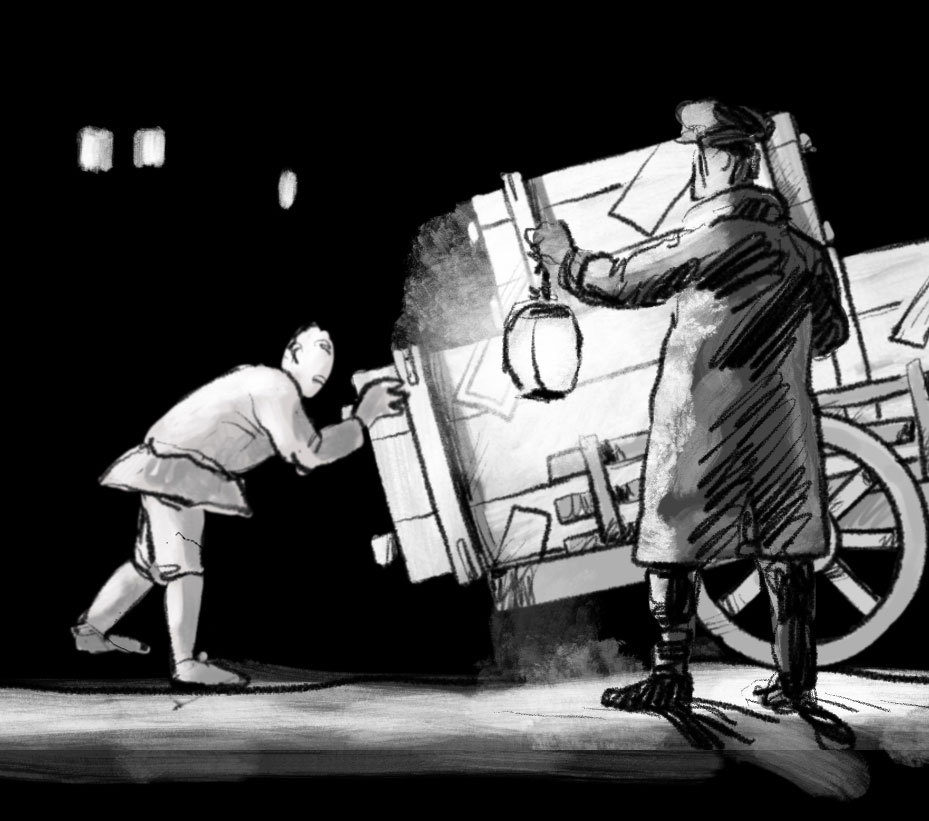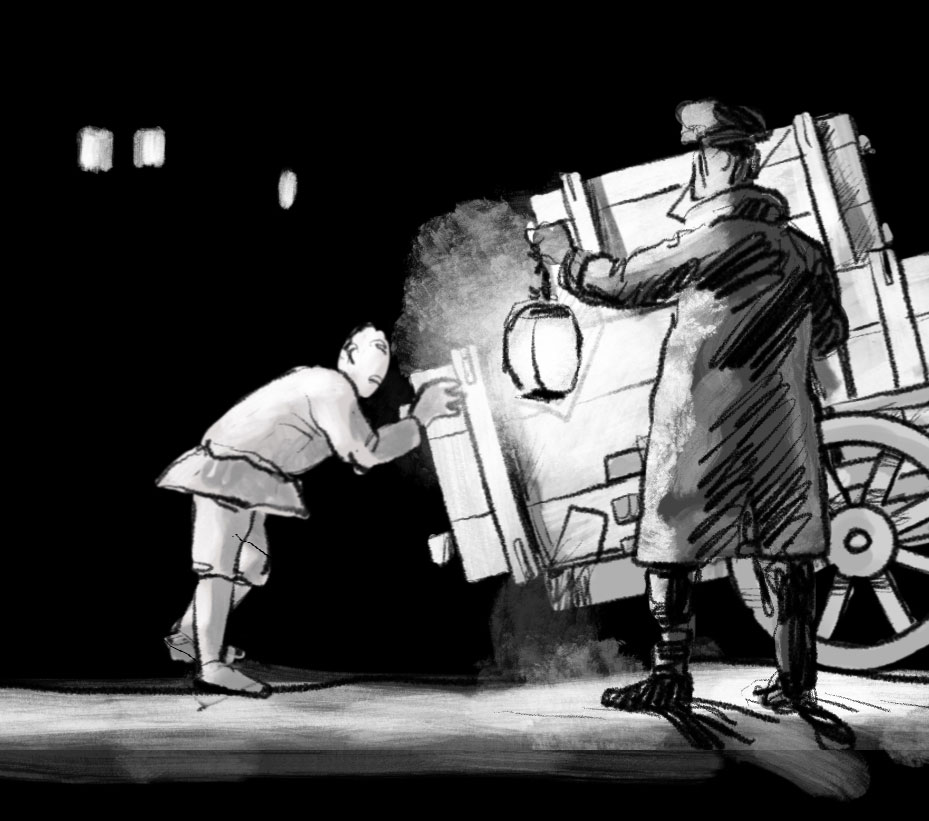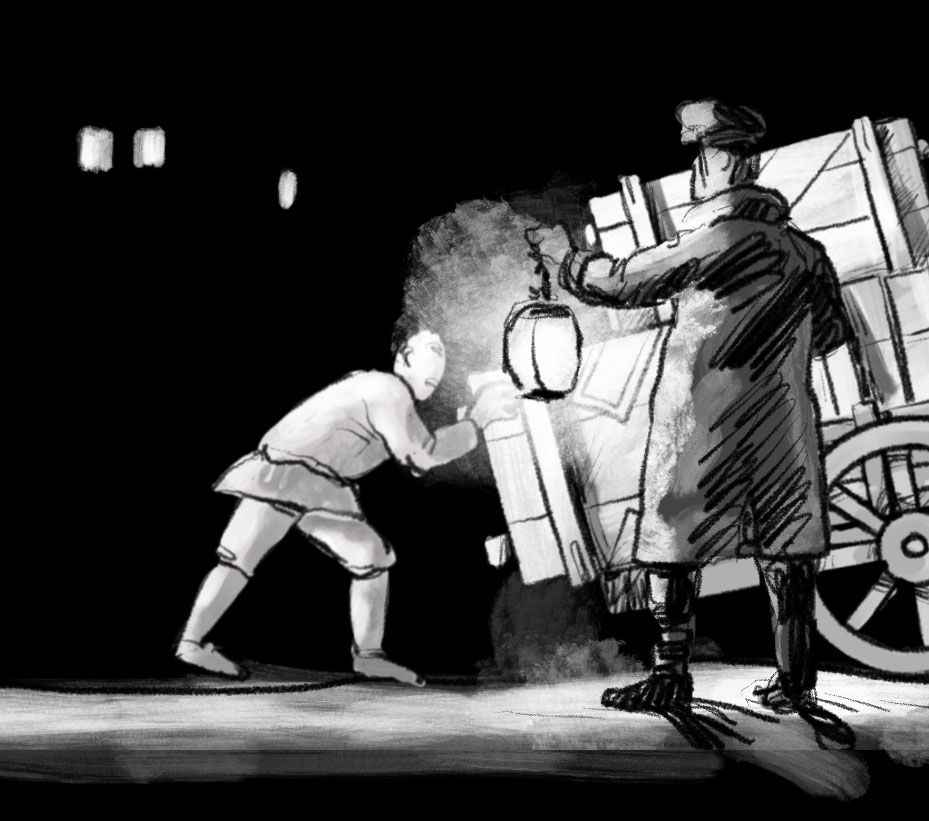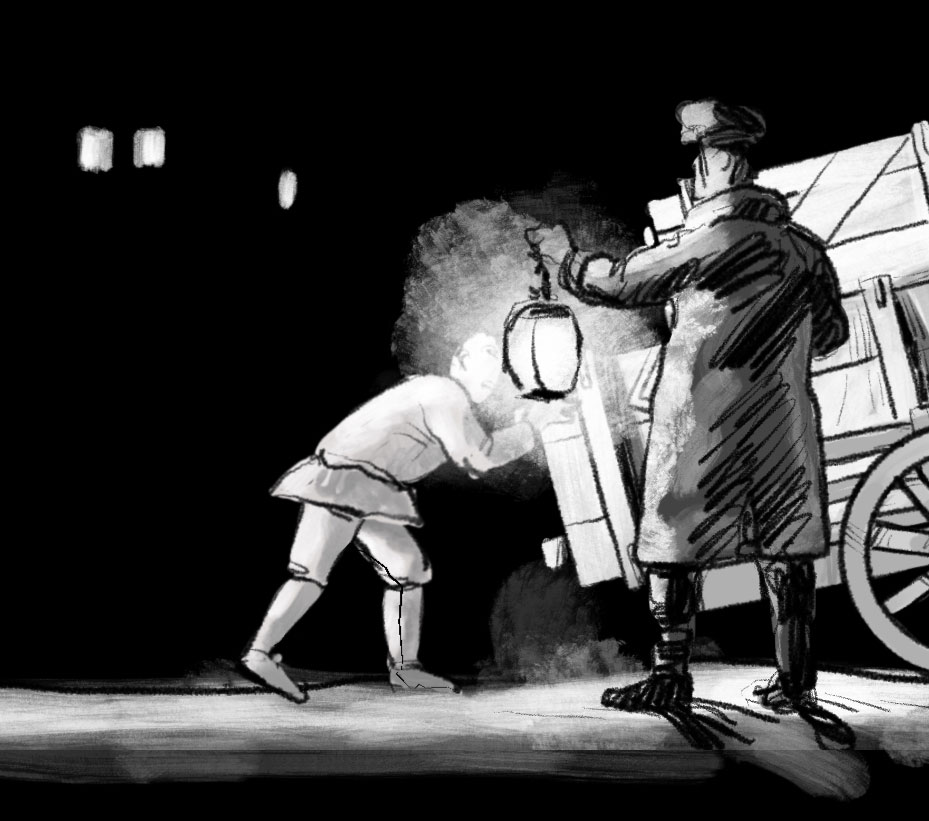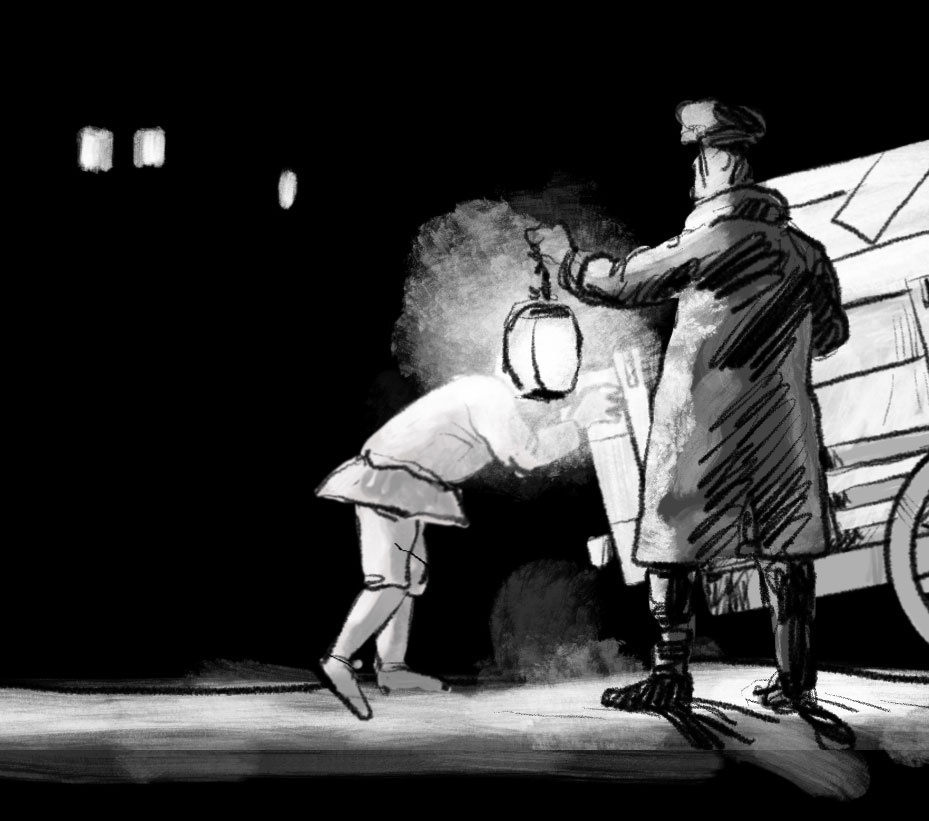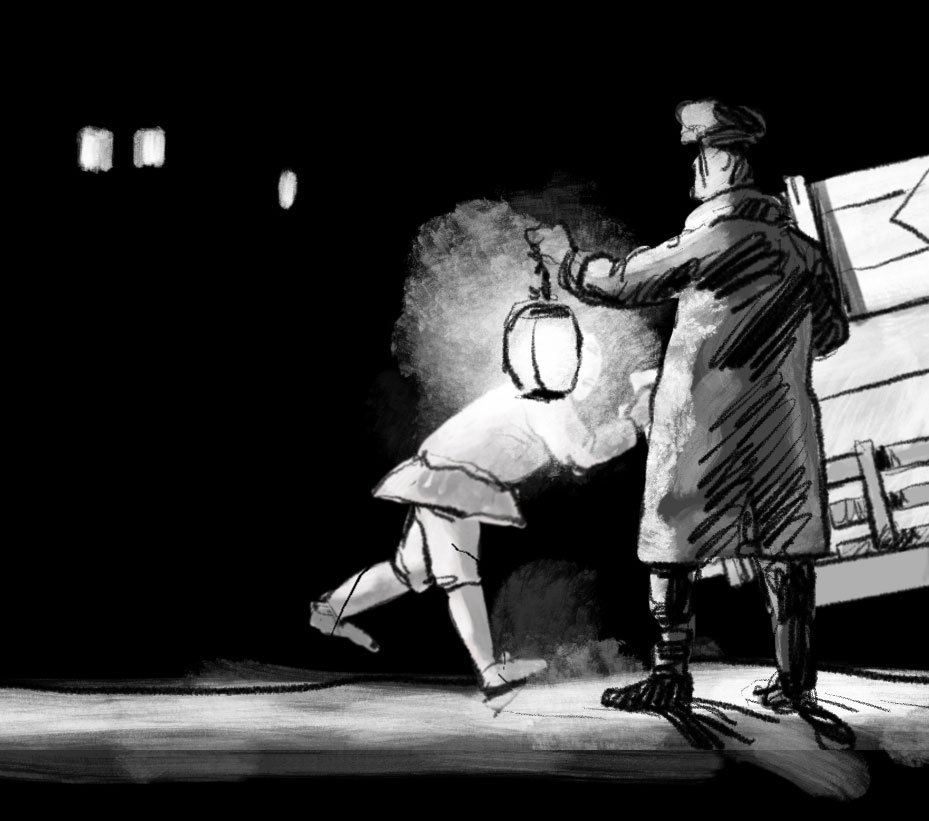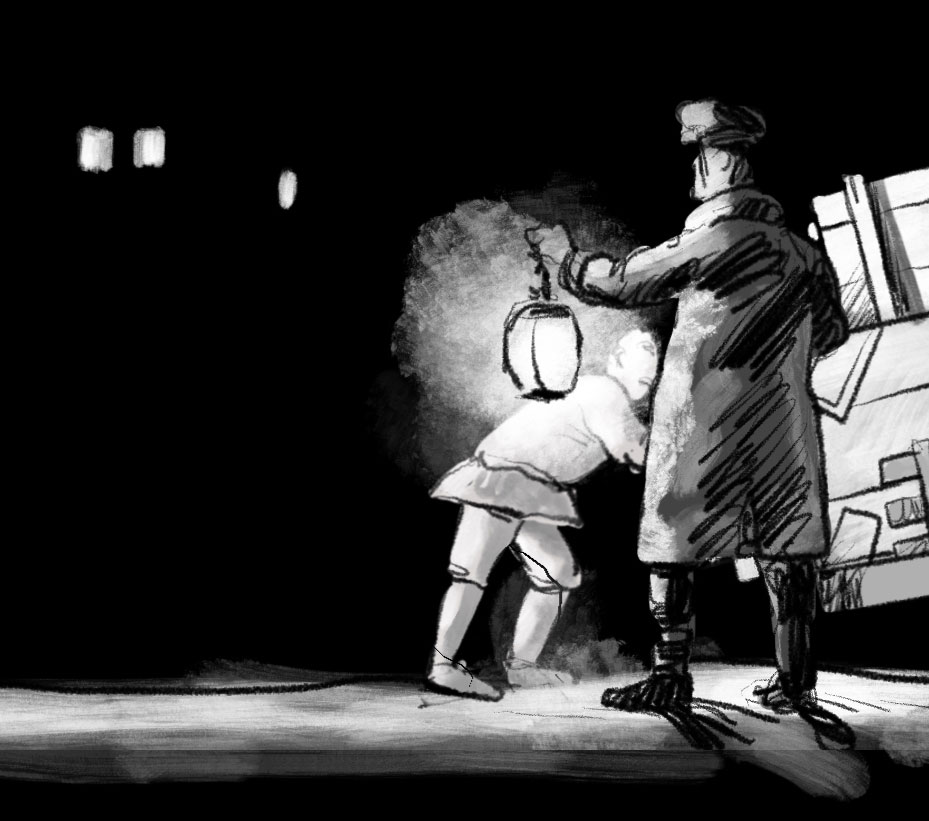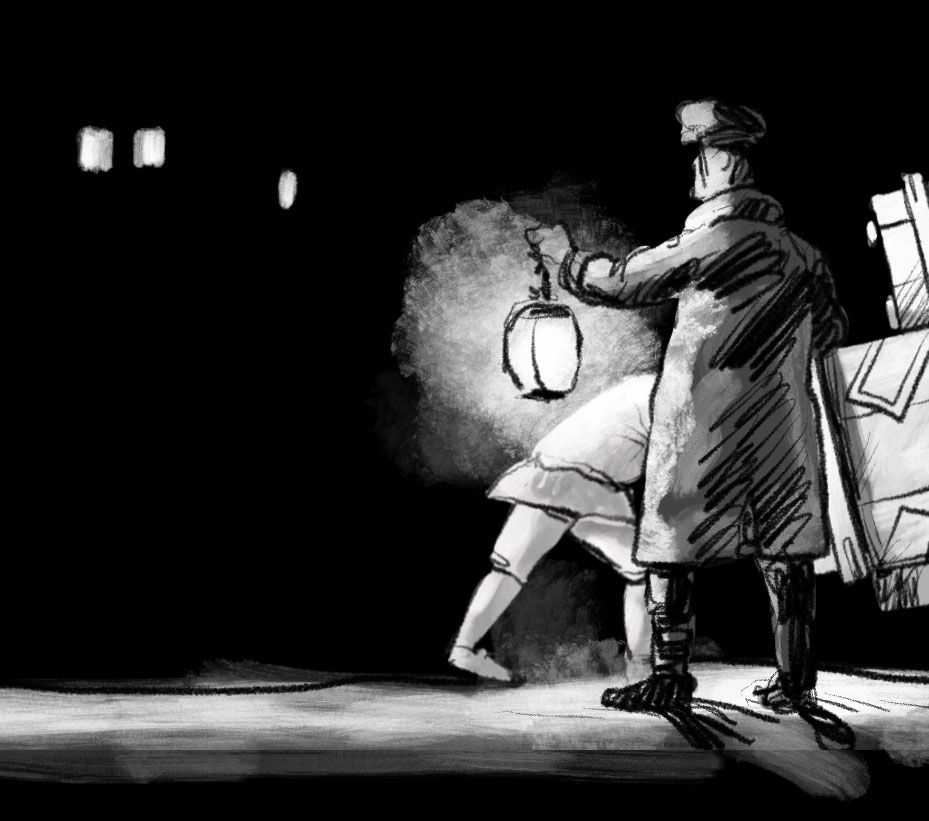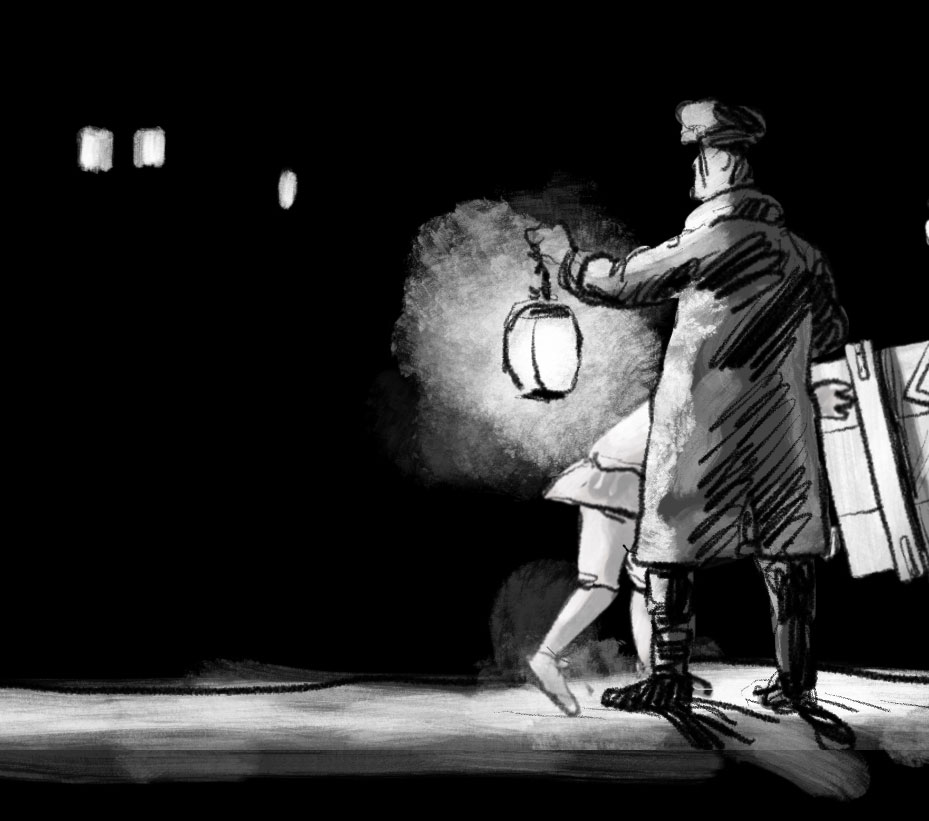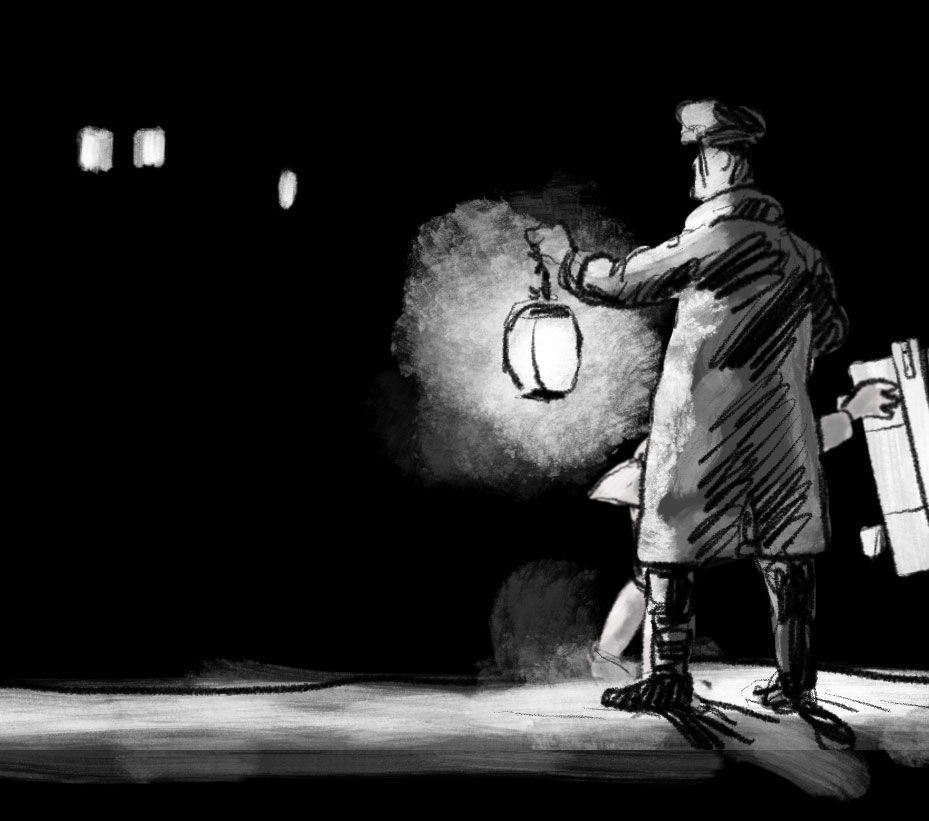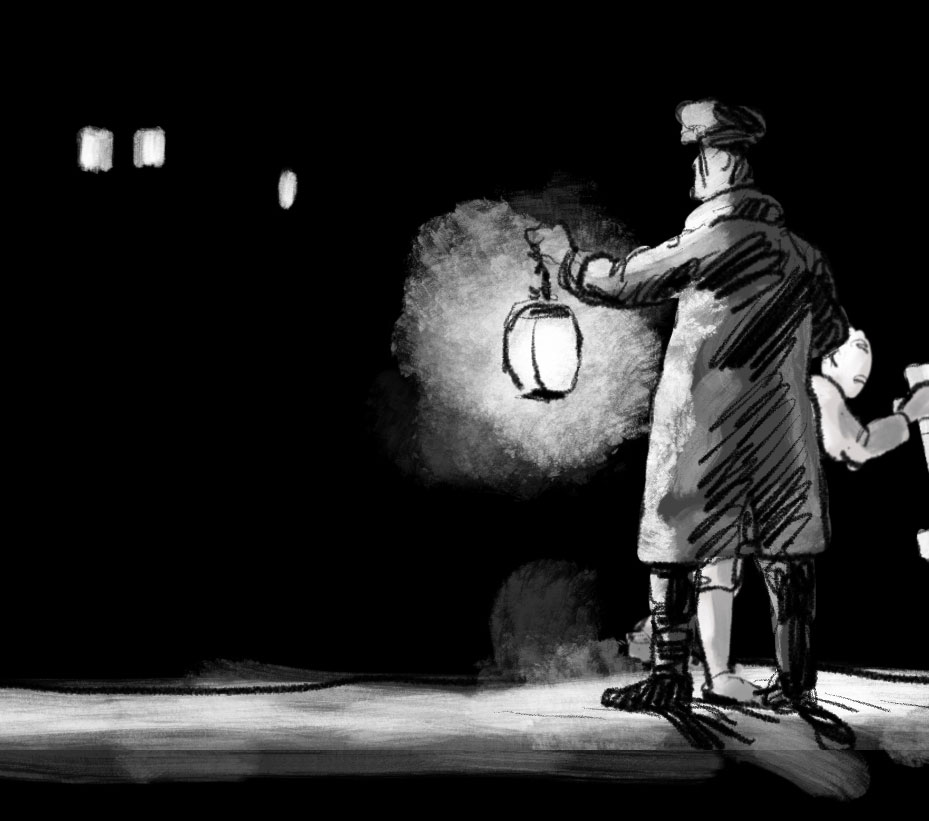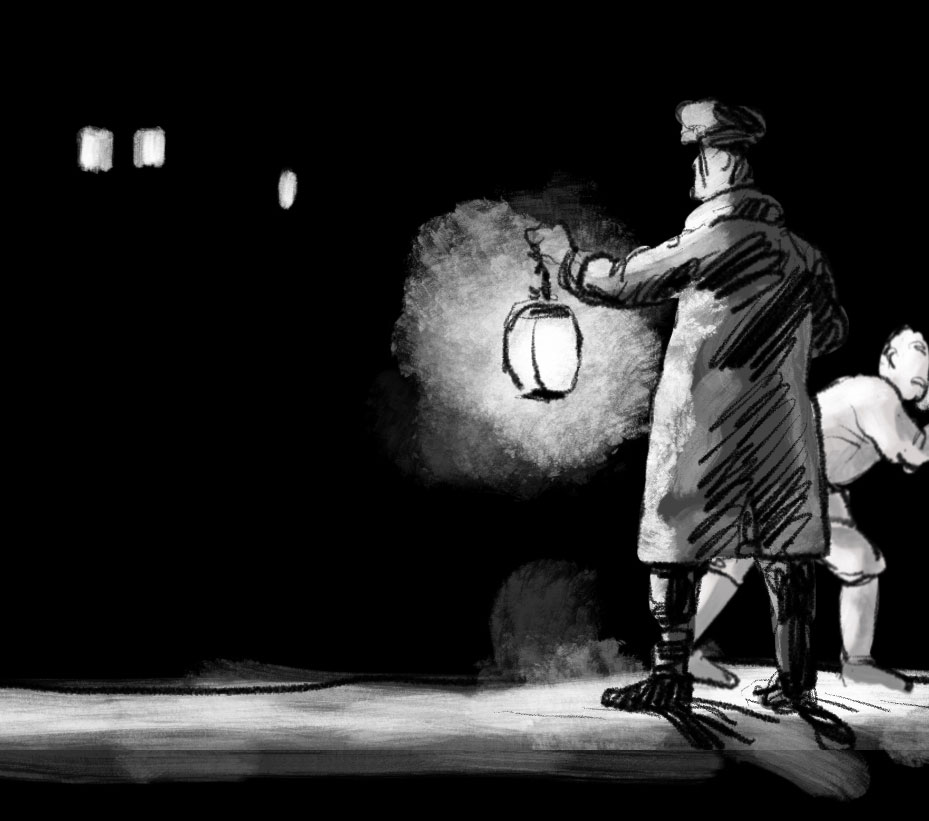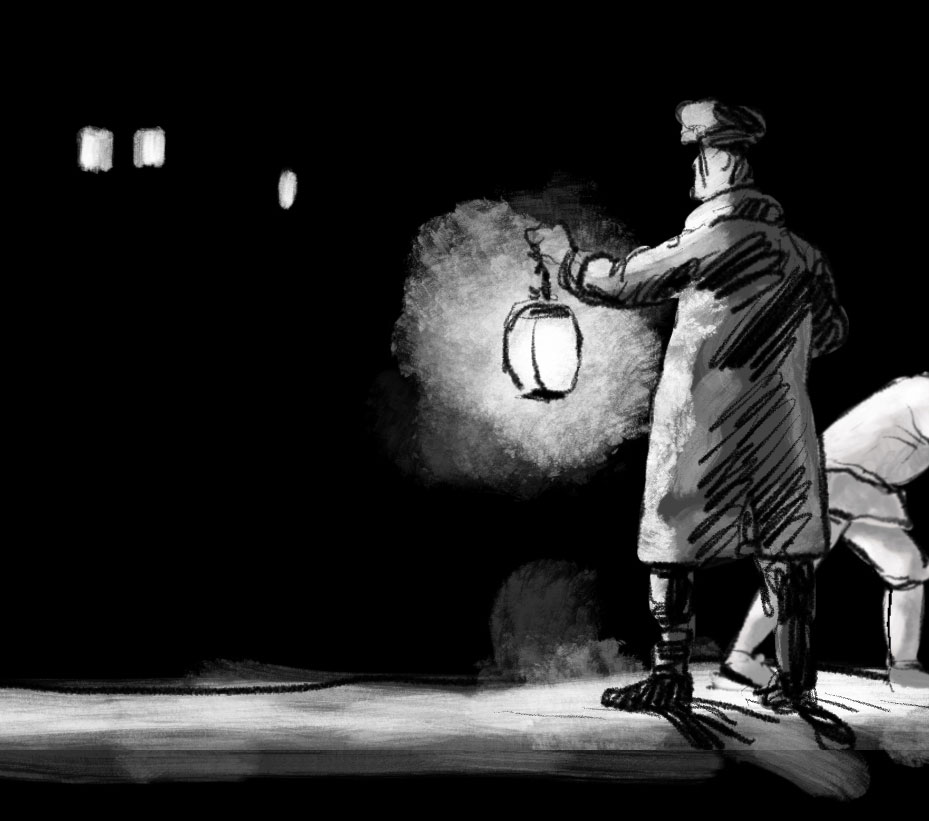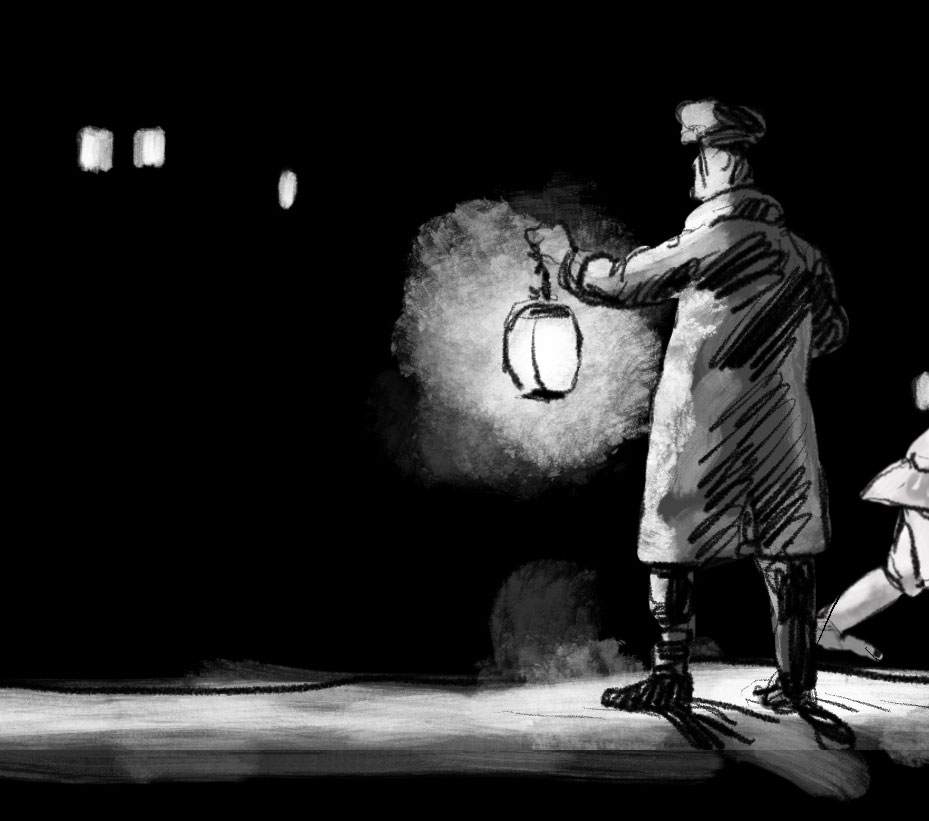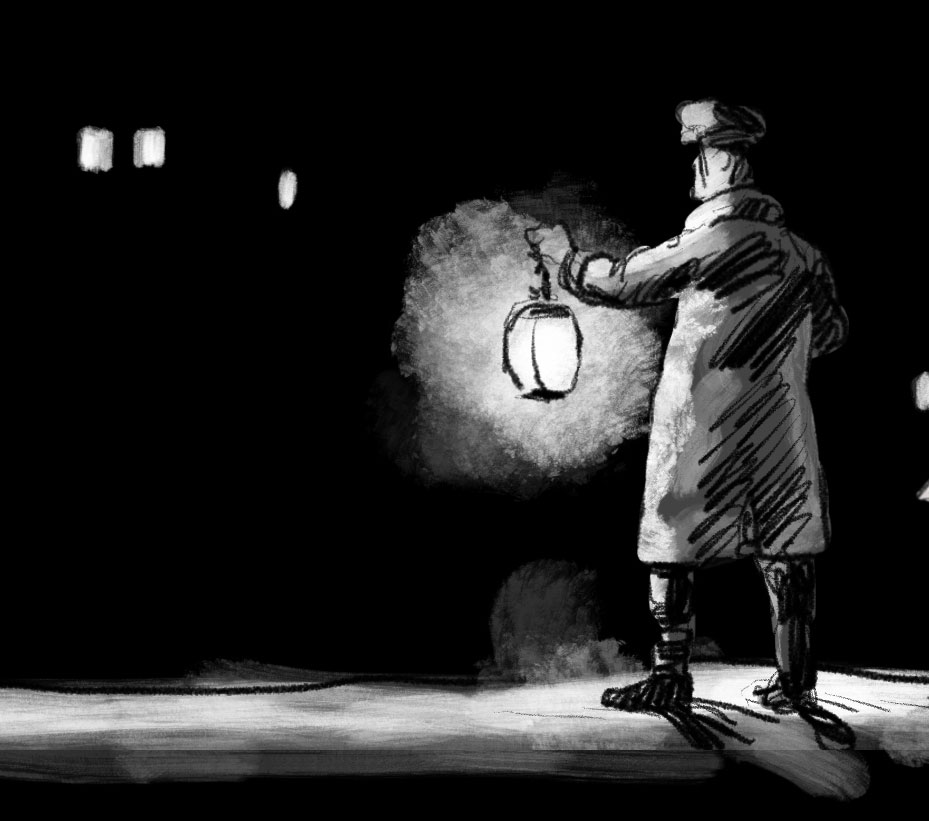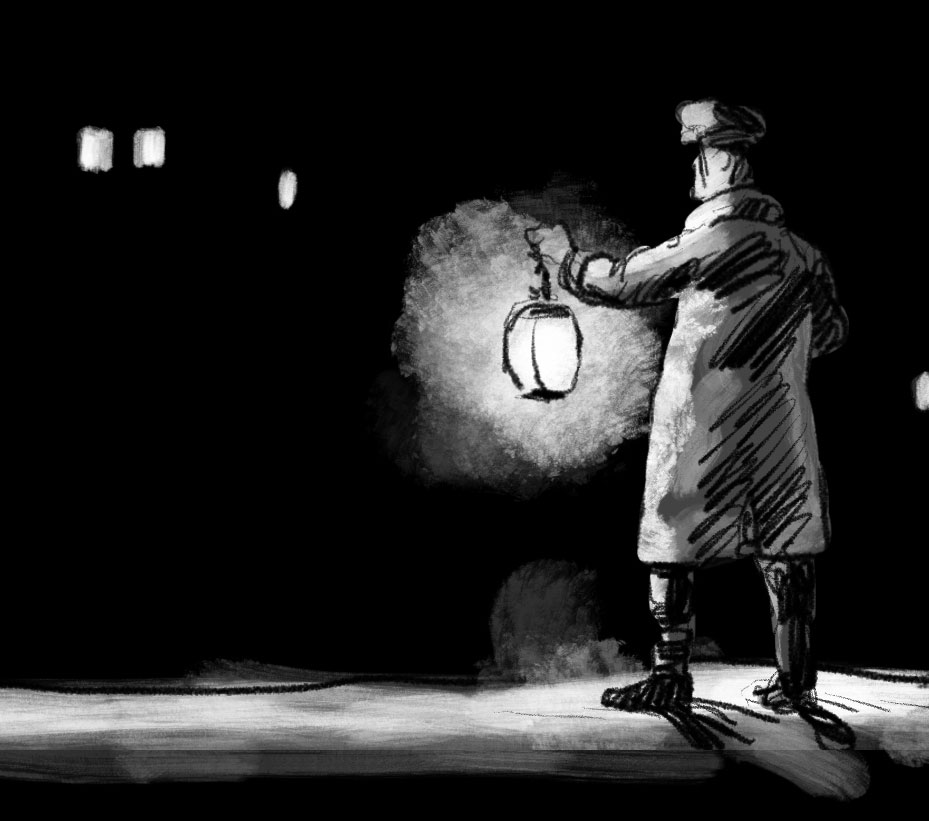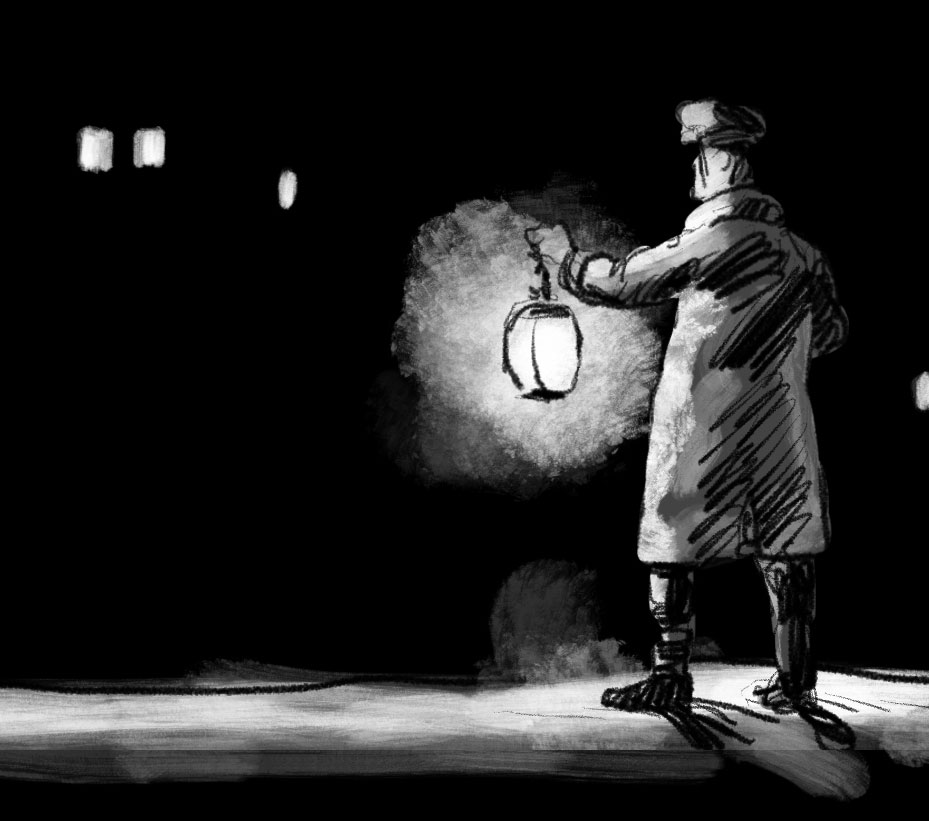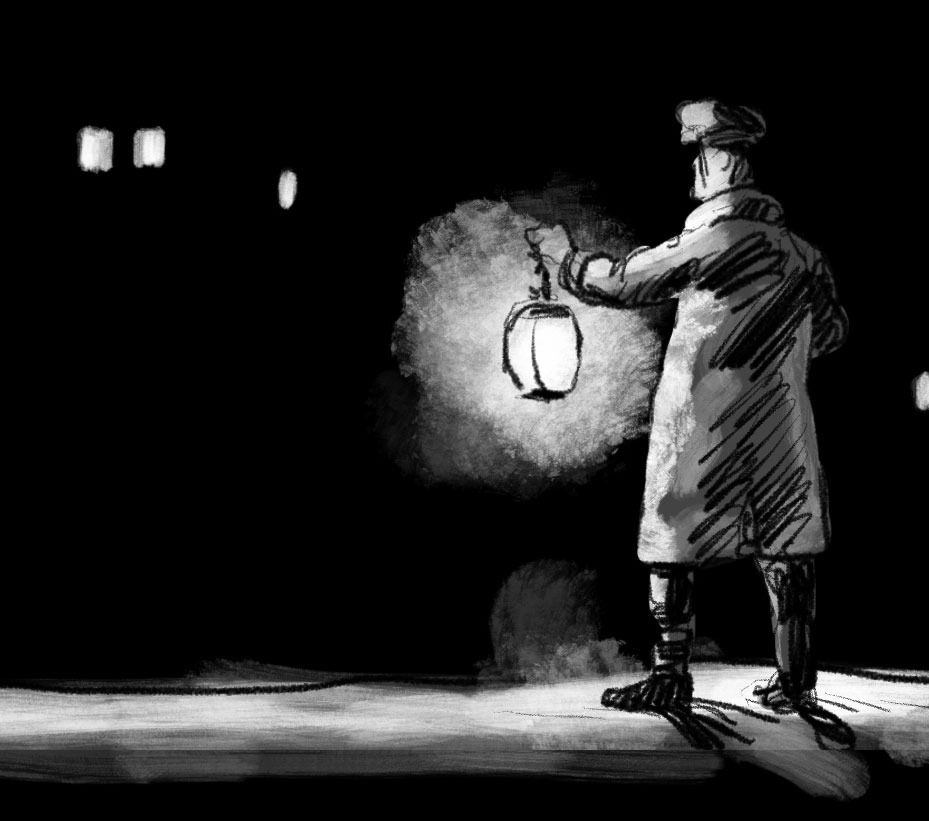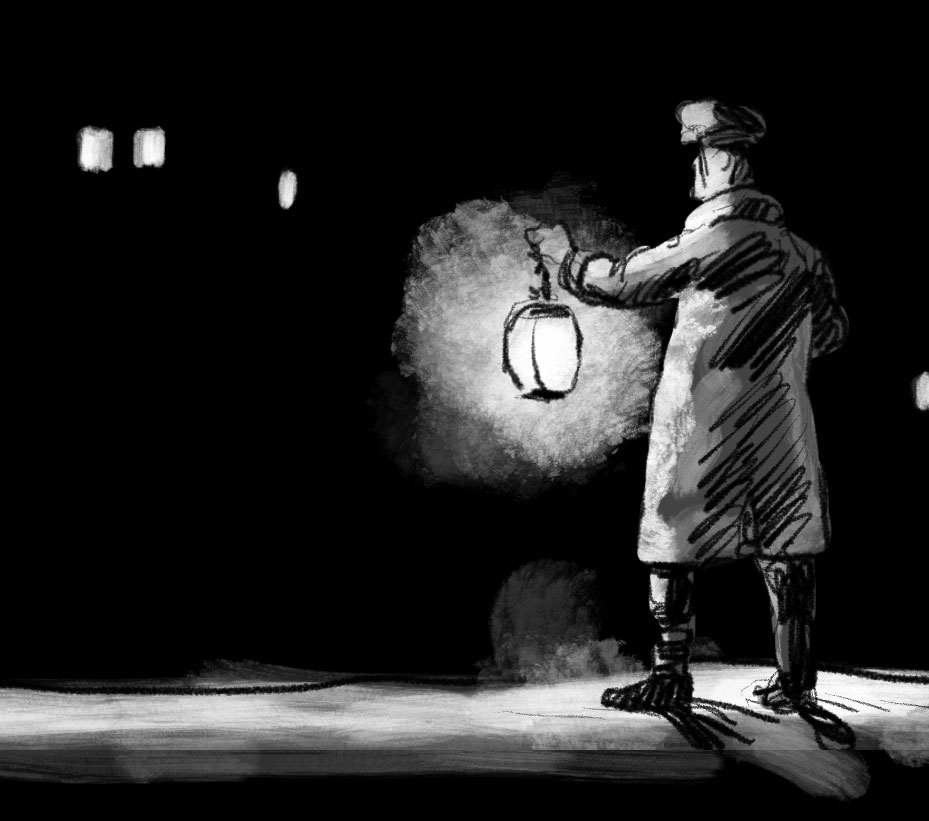Evacuation of the great imperial collection
CHAPTER 2
How Forbidden City relics escaped war - before being split between Beijing and Taipei
A PREVIOUS VERSION OF THIS GRAPHIC WAS PUBLISHED ON DECEMBER 31, 2018. IT HAS BEEN UPDATED AND WAS REPUBLISHED ON OCTOBER 10, 2025.

Adolfo
Arranz When Japan launched a full-scale invasion of China, a monumental effort was made to save the Forbidden City’s treasured artefacts.
A harrowing 14-year odyssey across 75,000km of territory preserved one of humanity’s most important cultural legacies, but it ultimately led to the historic split between the collections
of Beijing’s Palace Museum and Taipei’s National Palace Museum.
The Palace Museum in Beijing attracted the attention of scholars, researchers, writers and editors from around the world when it opened in October 1925. Many international universities made applications for academic research, and word of the collection’s outstanding beauty spread like wildfire.

The museum earned an unparalleled reputation, and exhibitions organised overseas were a great success. But worldwide political instability and China’s domestic situation convinced the museum’s curators - who knew how vulnerable the valuables were to plunder - to hatch plans to safeguard them.
On September 18, 1931, the Japanese empire used the Mukden Incident - a staged bomb attempt on its South Manchuria Railway - as a pretext to justify a full-scale invasion of Manchuria. The collection of treasures, which had survived despite centuries of looting and hostilities, was once again under threat from impending war.

Fearing the Japanese army would march south and cross the Great Wall, Palace Museum director Yi Peiji decided to move a substantial part of the collection out of Beijing for safekeeping.
Museum managers carefully selected the most important and valuable artefacts for relocation the moment it was deemed necessary. An army of workers and experts embarked on an exhaustive exercise in packing the artworks by category: porcelain, jade, calligraphy, paintings, bronzes, rare books and other objects.

How Chinese artefacts were packaged
-
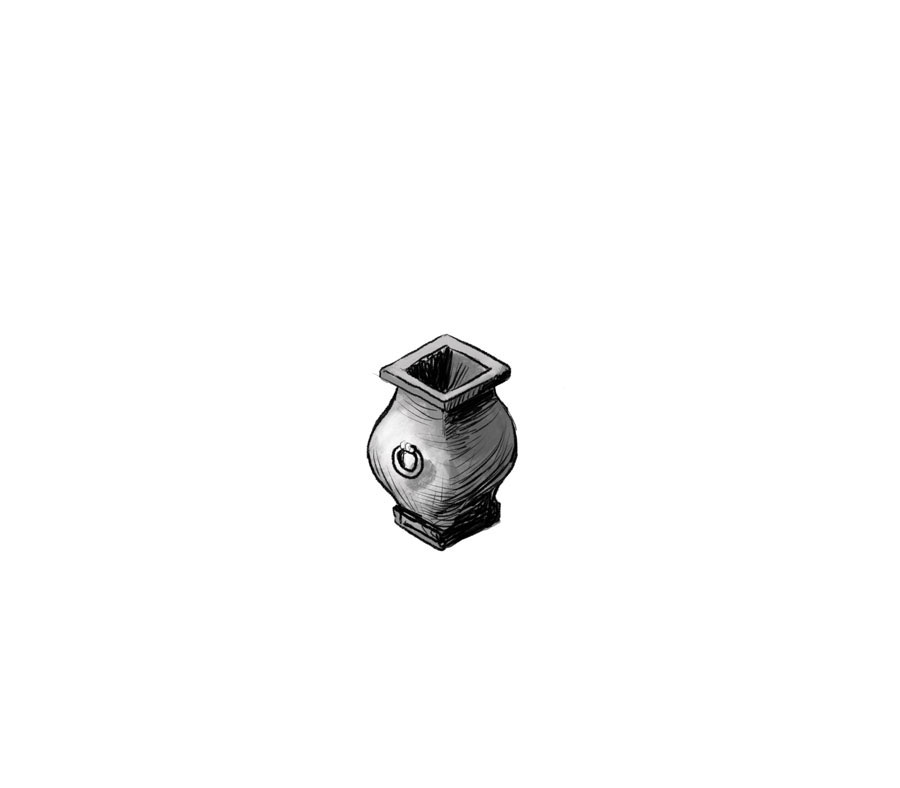
The object for packing
-

Layers of wet paper, equal to half the thickness of the object
-
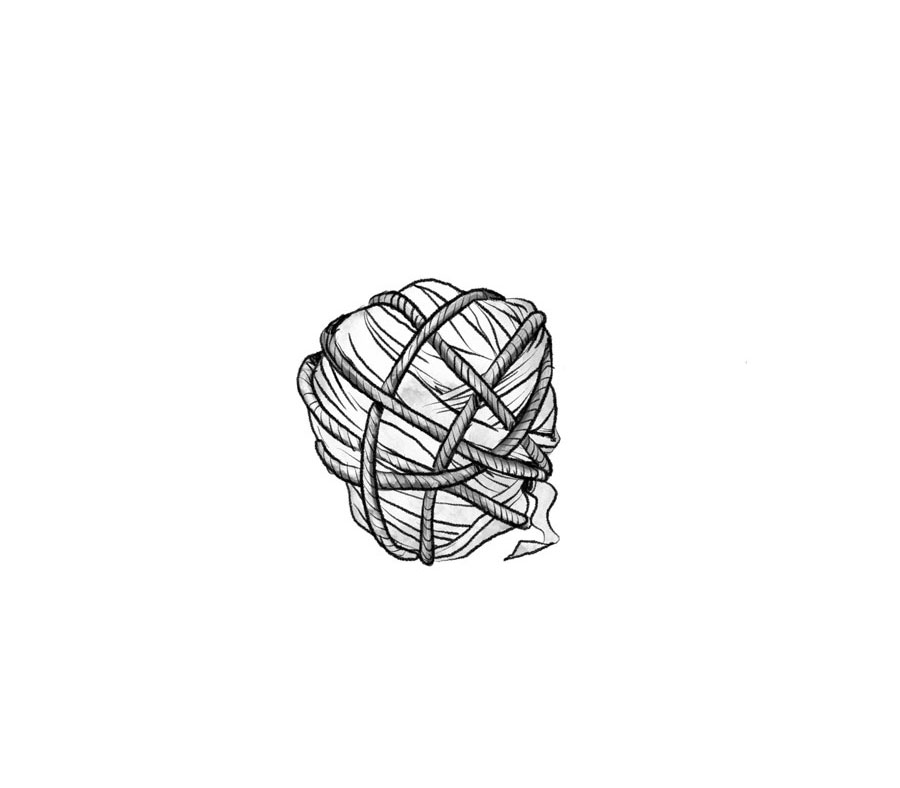
Tightly bound by hemp ropes
-
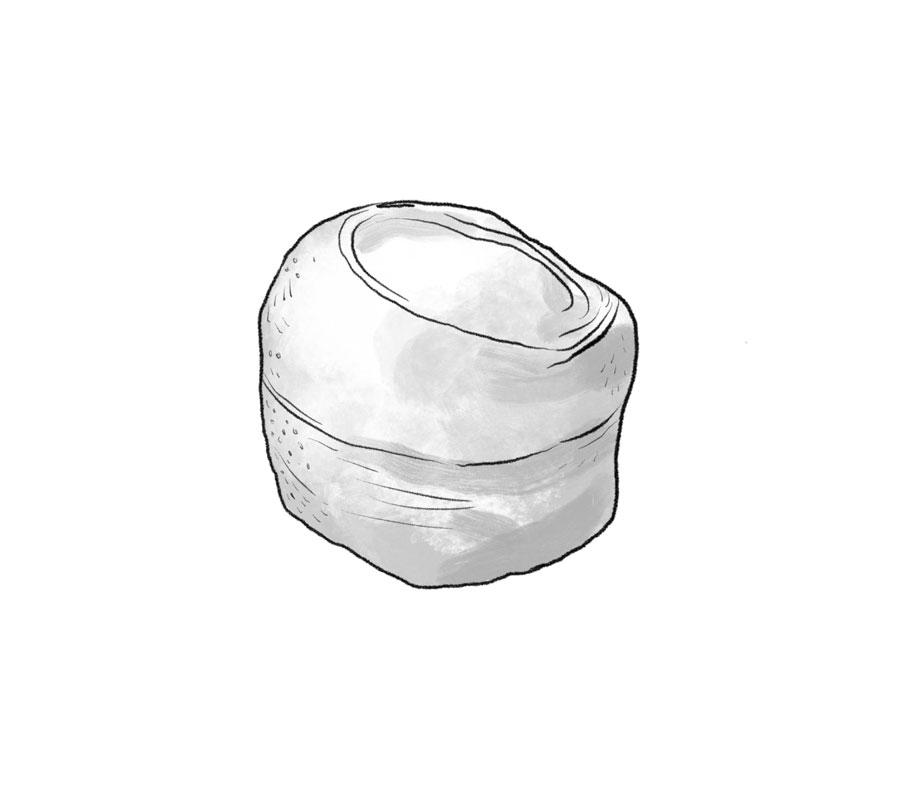
A layer of cotton padding is added
-
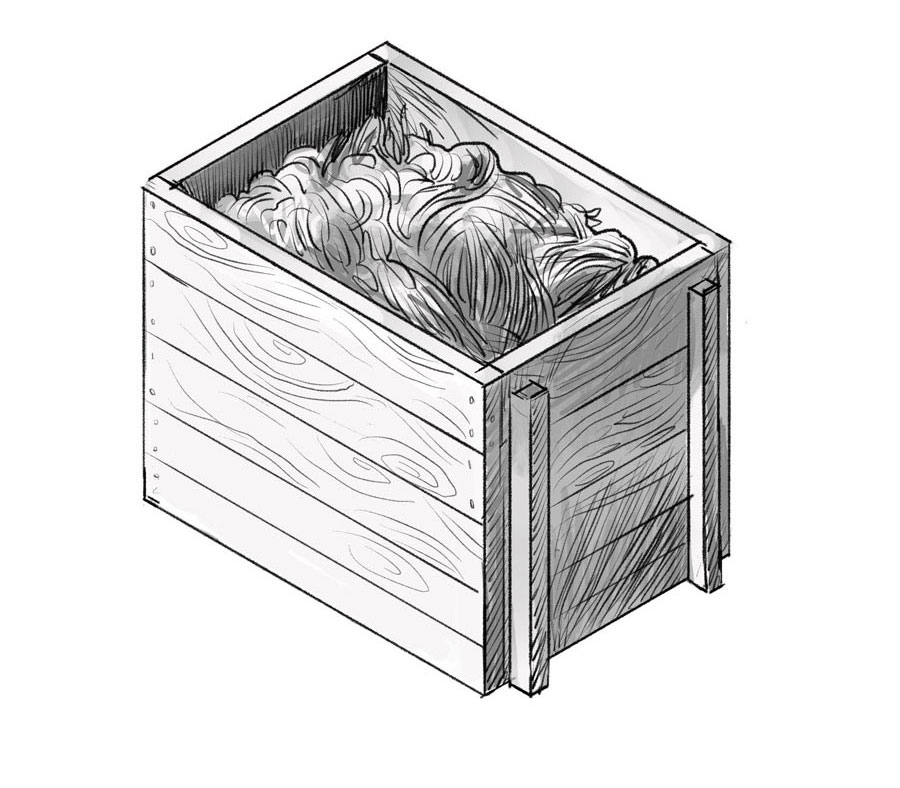
Each item is placed in a wooden crate stuffed with rice straw and cotton wadding
-
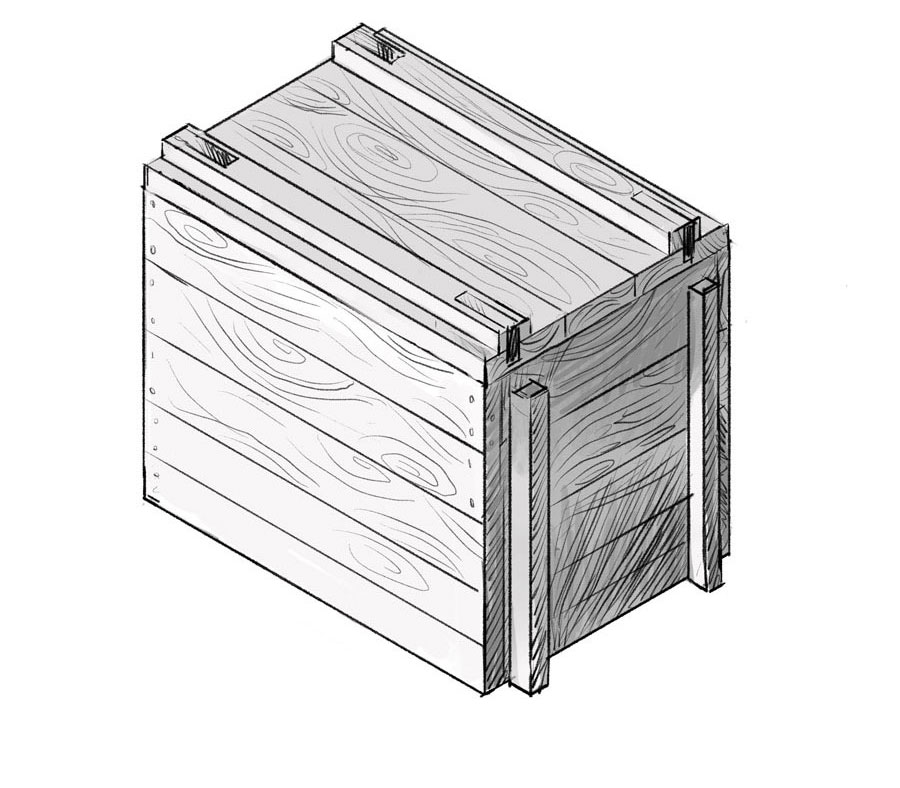
The Place Museum’s artefacts were packed into 19,557 crates
As Japanese troops reached the Great Wall’s Shanhaiguan Pass, skirmishes broke out nearby. Faced with the immediate danger of Japanese forces reaching Beijing, the Palace Museum’s administrative council made the critical decision to begin the move south. The 19,557 crates were divided into five batches and readied for evacuation.

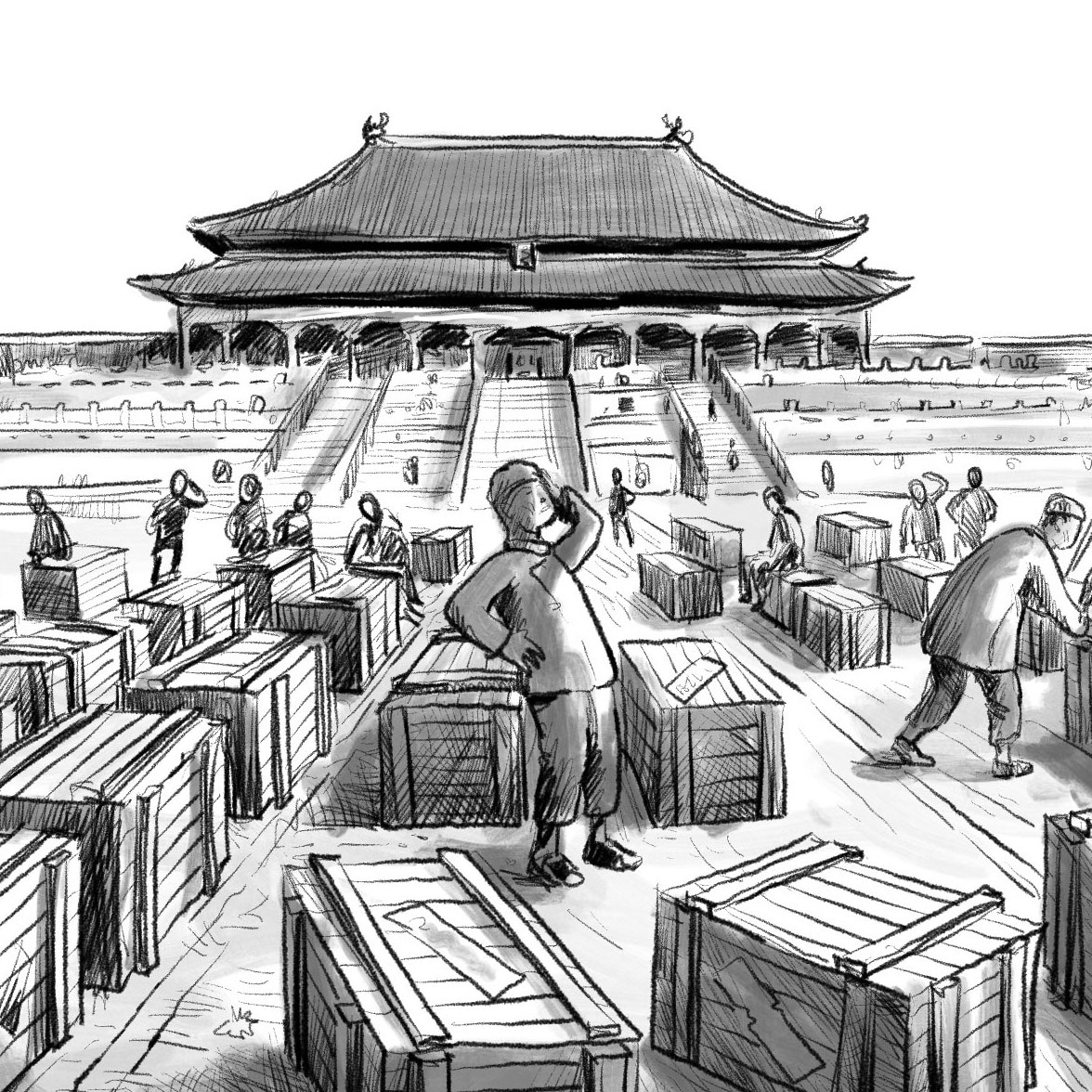
The treasures move south
With a night curfew decreed in Beijing, the heavy crates were moved from the Forbidden City on wooden carts under the cover of darkness.

The constant rattling of the carts was heard nightly as they rumbled through the Qianmen Gate to the Western Railway Terminal.


The crates were then loaded onto a train, heavily guarded by police and soldiers, and headed south for Shanghai, far from the turmoil in the country’s northeast. The transfer of these relics took place over five months. The cargo was temporarily deposited in several warehouses leased to the French and British concessions in Shanghai.
In December 1934, the museum’s administrative council approved the construction of a permanent, secure repository in Nanjing. The building, which was reinforced with cement and equipped with air conditioning and ventilation, was completed in August 1936.

The crates were subsequently moved from Shanghai to Nanjing between December 9 and 22.
The treasures move to the west
On July 7, 1937, the battle at Beijing’s Marco Polo Bridge erupted between Chinese and Japanese troops, triggering the Second Sino-Japanese War. The Japanese army quickly occupied the Chinese capital and turned its attention south.

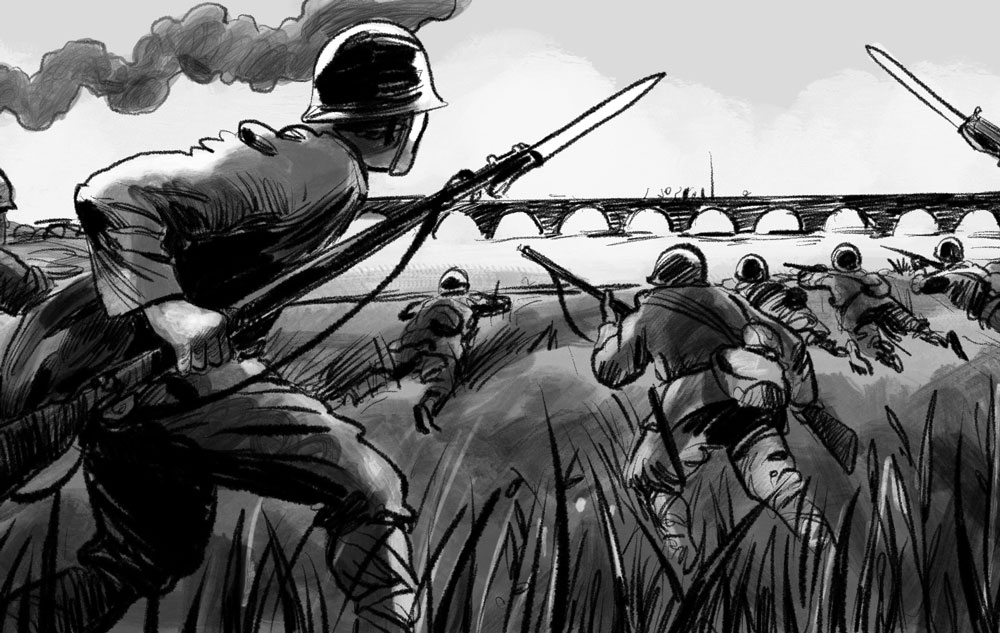
On August 13, Shanghai came under attack. The rapid Japanese advance caused panic among those responsible for the treasures in Nanjing, and they immediately began the evacuation the following day.
First shipment (south route)
The first batch of crates was taken by boat across the Yangtze River to Hankou (Wuhan), and then continued by train to Changsha. After a few months, the treasures were relocated again to Guangxi.
A year later, they were moved a final time to a cave repository in Anshun, Sichuan province, where the collection remained until 1947.
Second shipment (central route)
In November, as Japanese troops closed in on Nanjing, hundreds of workers hurriedly prepared the next batch of 9,369 crates. These were quickly taken to the port and loaded onto steamships bound for Chongqing.

On its long journey, the treasure was stuck for months in Yichang, Hubei province, waiting for the Yangtze River water level to rise high enough for navigation. The collection then headed upriver, passing through the Three Gorges to Chongqing, the wartime capital of Chiang Kai-shek’s Nationalists.

By 1939, even Chongqing was no longer safe. The crates were ferried by small boats on a dangerous journey through rapids to Leshan in Sichuan province.


On the final stretch, the boxes had to be carried on the backs of porters.

The third shipment (north route)
The evacuation of the remaining artefacts began in December, just days before the Japanese seized Nanjing.
This proved to be the most dangerous and difficult of the three evacuations, beginning with the transfer of 7,286 crates by train to Xuzhou.
The transport mission continued with some 300 trucks loaded with crates traveling over long-forgotten roads.

The caravan crossed the Qin Mountains through dangerous terrain, facing mud and the threat of landslides near the Thousand-Buddha Cliff.

A severe snowstorm isolated the caravan for several days without supplies. After being rescued by Nationalist troops, the crates finally arrived at Hanzhong, in Sichuan, 48 days after the journey began.

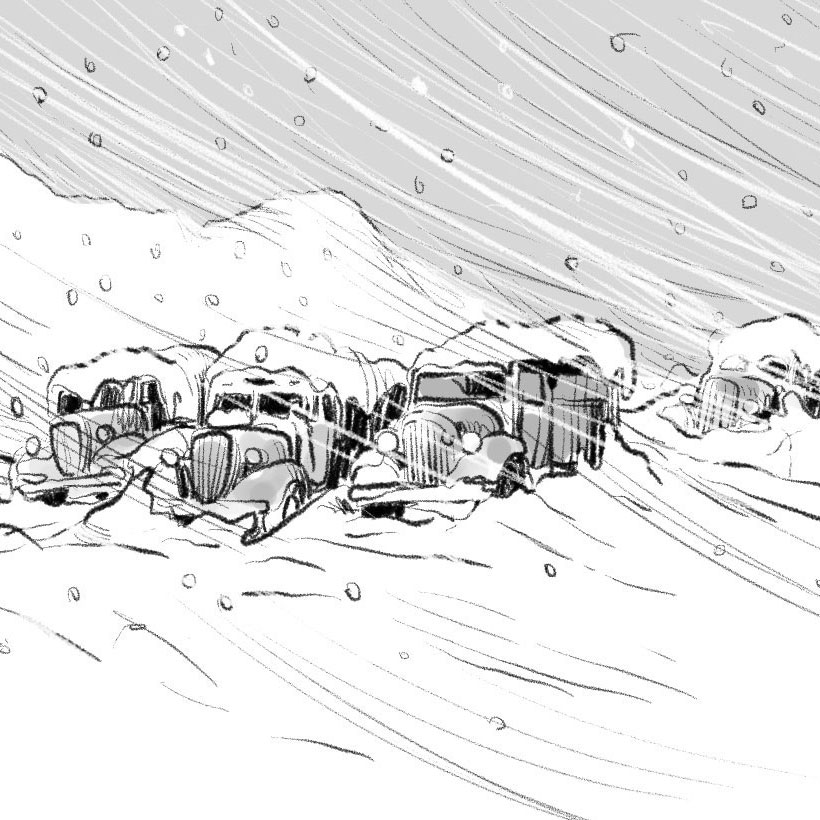
However, after only one month, the government ordered another move to the safer city of Chengdu. Just after the boxes were evacuated from Hanzhong, the Japanese bombed the location.

The route to the Sichuan capital was arduous, requiring the crates to cross rivers by boat and, at times, to be pulled manually. Once in Chengdu, the crates were taken to a temple on Mount Emei.


During the arduous, decade-long journey, no artefacts were reported lost
In August 1945, the United States dropped atomic bombs on Hiroshima and Nagasaki, leading to Japan’s surrender in the Pacific theatre of World War II. For China, this brought an end to bloody hostilities, with the Second Sino-Japanese War officially ending on September 2, 1945. Following the surrender, the entire trove of artefacts was then sent back to Nanjing, a massive process that took longer than a year to complete.
The great split: Chinese Civil War (1947-1949)
In 1947, the historical collection was piled up in the Nanjing repository, ready to be returned to the Palace Museum in Beijing, when the civil war between the Nationalists and Communists engulfed China. Both sides laid claim to the collection.

In 1948, as both Beijing and Nanjing prepared to fall to Mao Zedong’s Communist troops, the Nationalists in Nanjing planned their final retreat to Taiwan. They transferred the last artefacts remaining in Beijing to Nanjing, intending to transport the entire collection with them to the island.

Faced with the imminent arrival of Communist forces, the Nationalists only managed to send three ship consignments to the port of Keelung. It was mid-winter, making the sea journey extremely difficult.

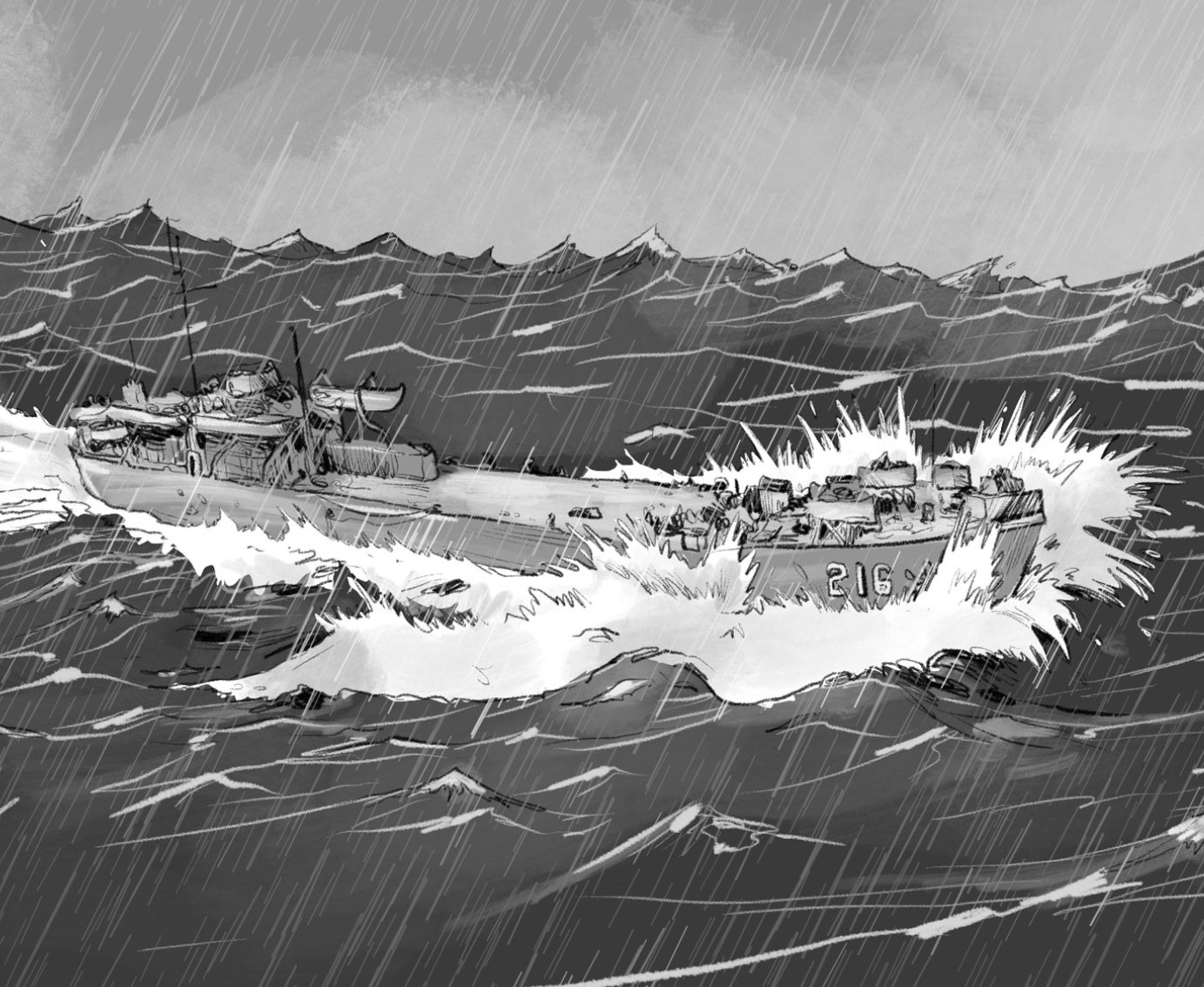
Finally, on February 22, 1949, the last ship arrived in Taiwan, completing the historic split.
The Nationalists took 3,824 boxes with them to Taiwan - a far smaller volume than was initially transferred from Beijing. However, despite the small quantity, the Nationalists ensured they carried away a great deal of the most valuable objects from the imperial collection.
The largest volume of artefacts remained on the mainland and was returned to the Palace Museum in Beijing, where the collection was originally assembled by emperors over several centuries in the Forbidden City.
The portion spirited away to Taiwan was housed in the National Palace Museum in Taipei, which was founded in 1965.
In 2022, the Hong Kong Palace Museum opened in the city’s West Kowloon Cultural District to mark the 25th anniversary of Hong Kong’s return to Chinese rule. The Hong Kong museum is run independently from its Beijing “big brother’’, which has loaned hundreds of precious relics and national treasures for show.
Will the collection ever be brought together again?
THE END
The Palace Museum
By the South China Morning Post graphics team
-
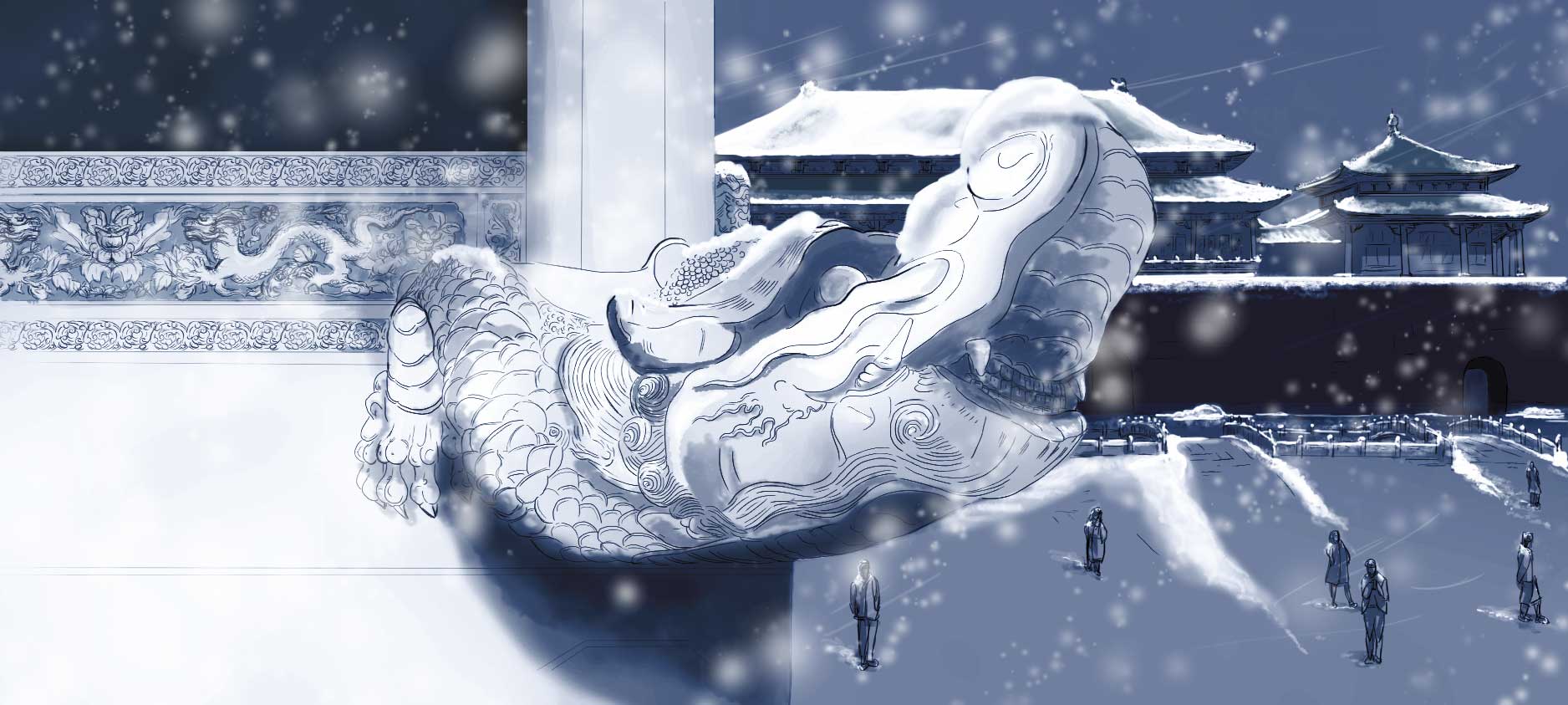
I
PARTThe Forbidden City’s unique architecture
By Marco Hernandez
-

II
PARTLife inside the Forbidden City
By Marcelo Duhalde
-

III
PARTThe collection, the odyssey of the objects
By Adolfo Arranz
- Chapter 1
- Chapter 2












































































